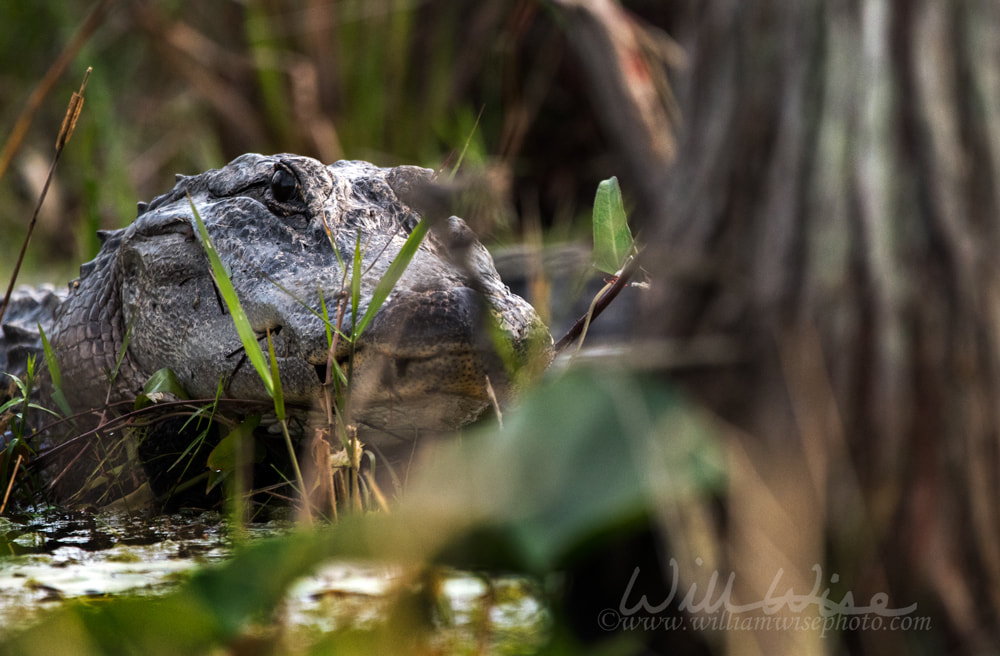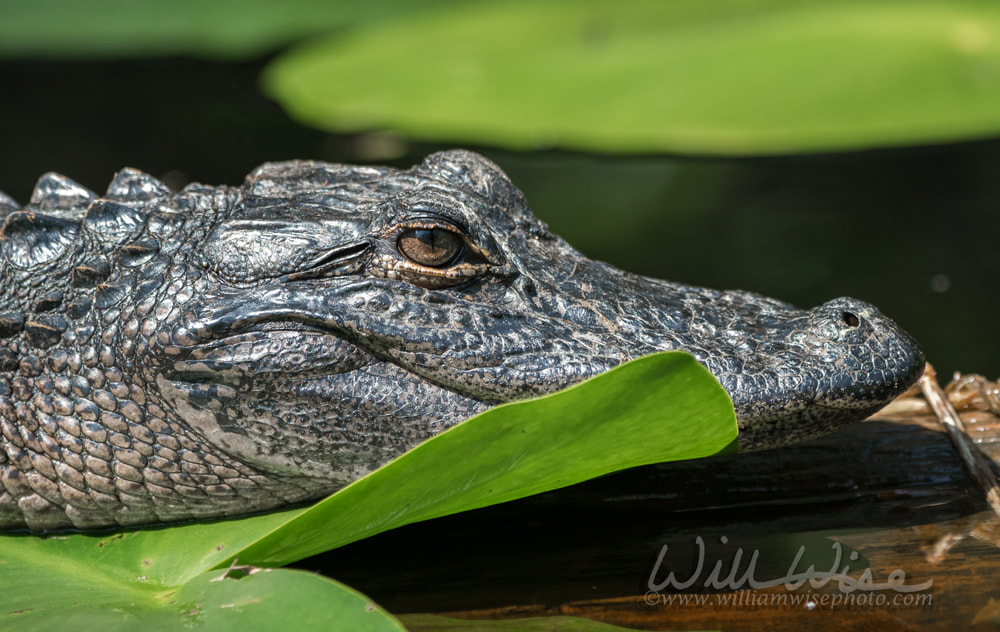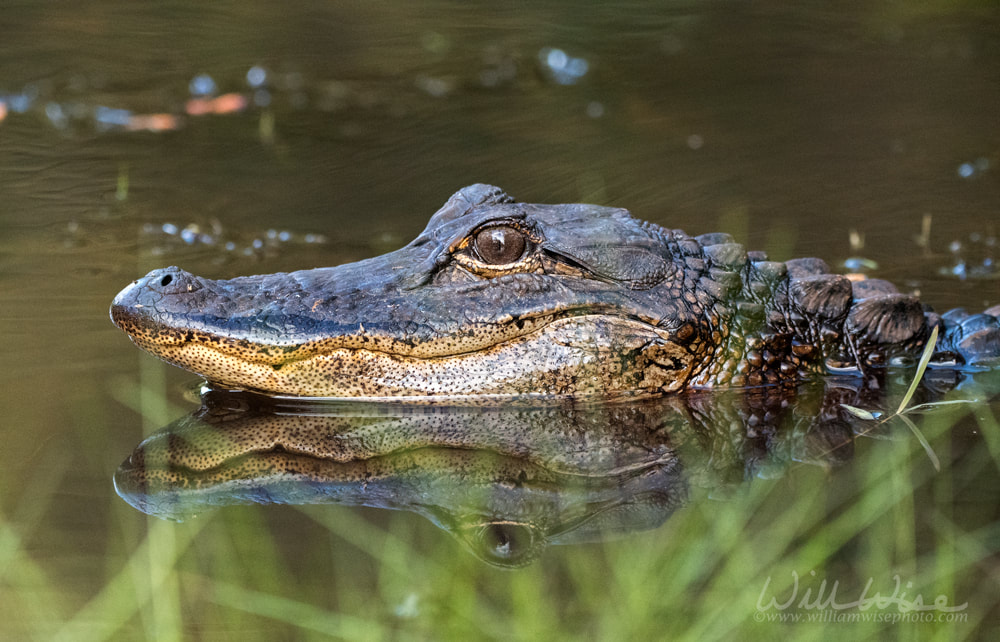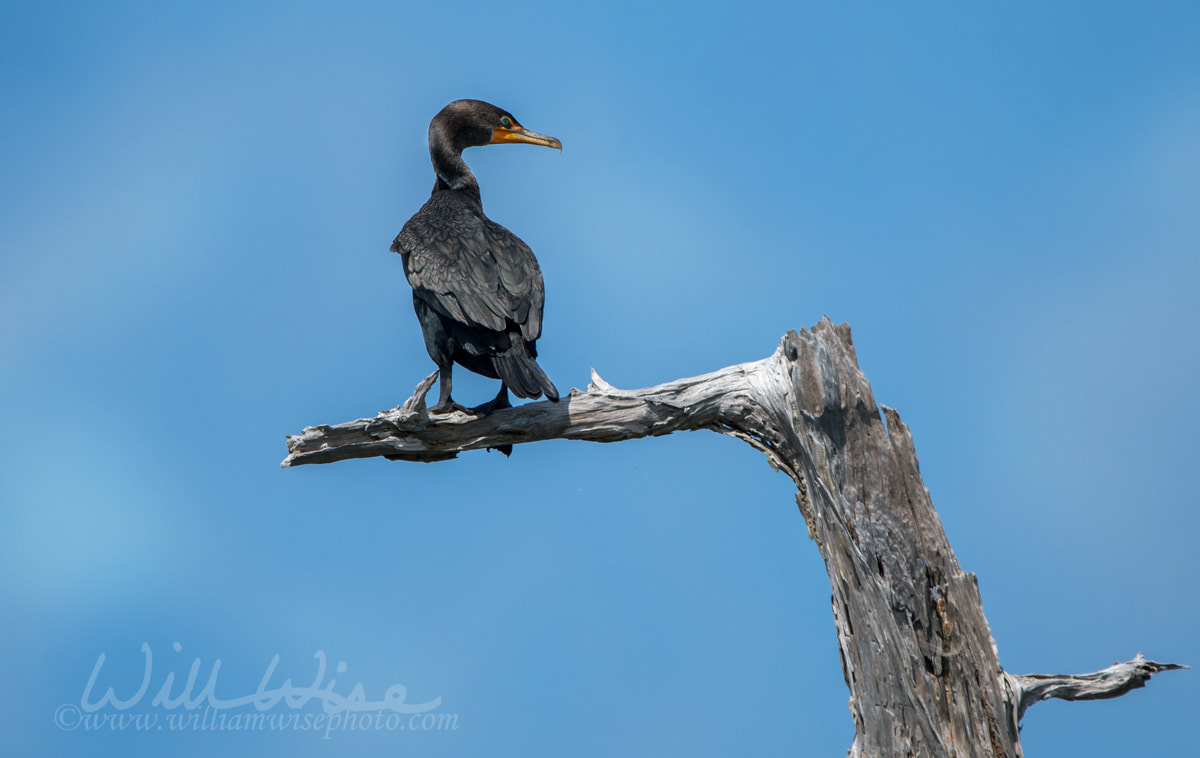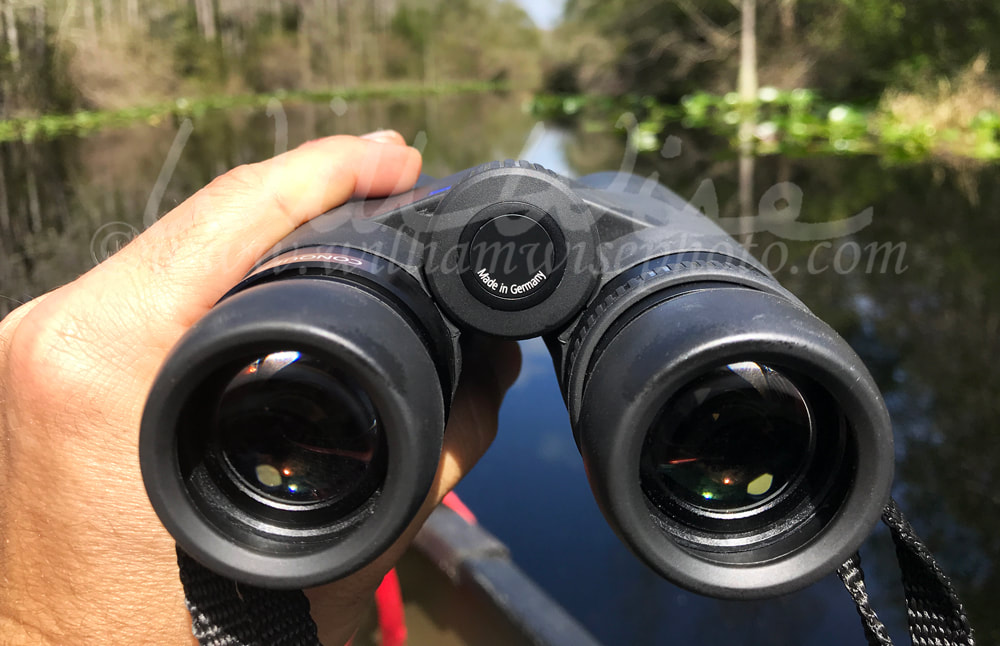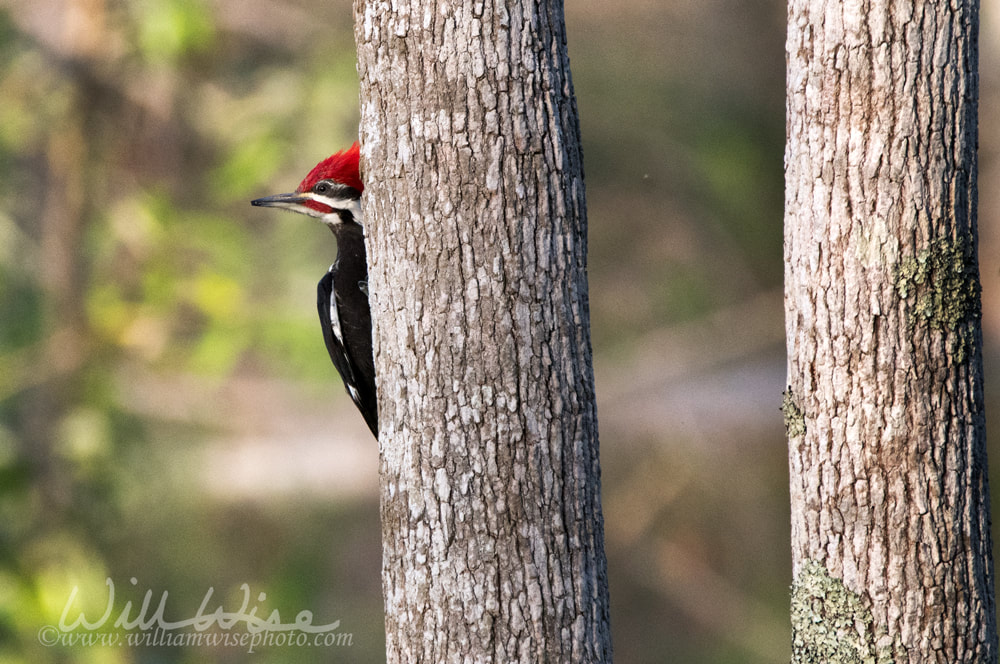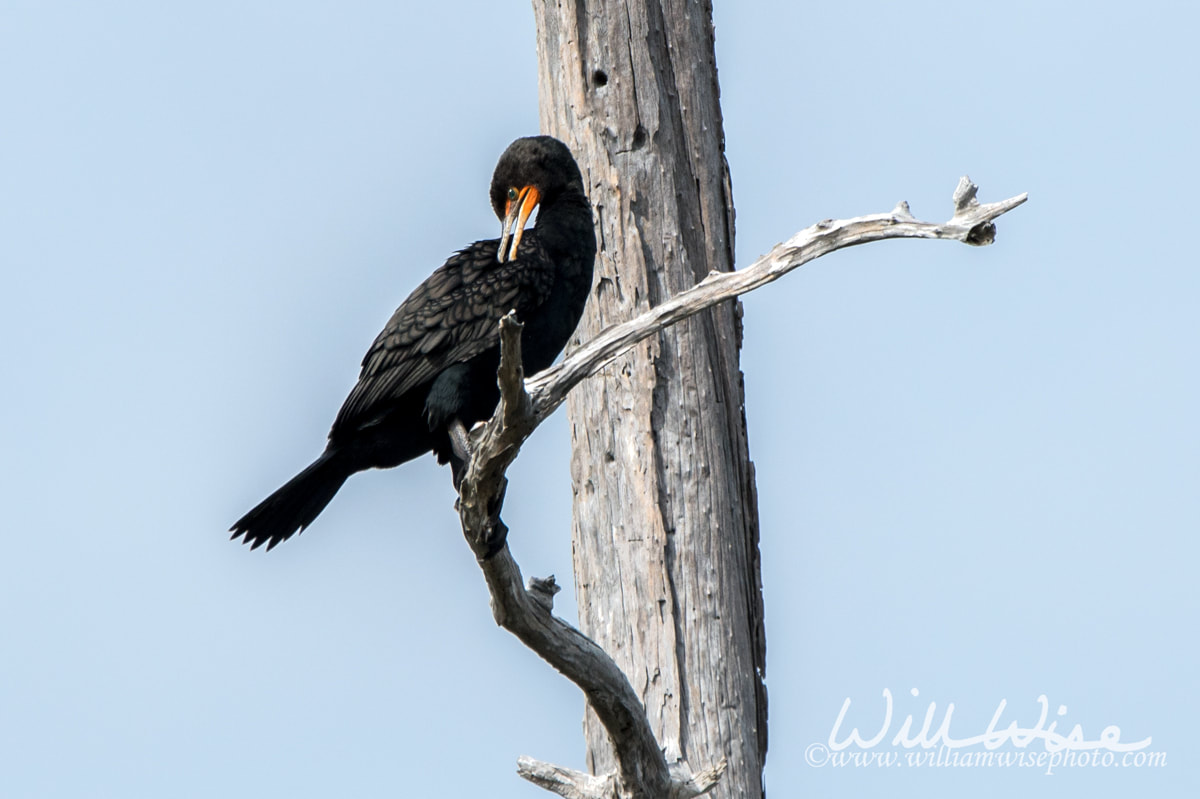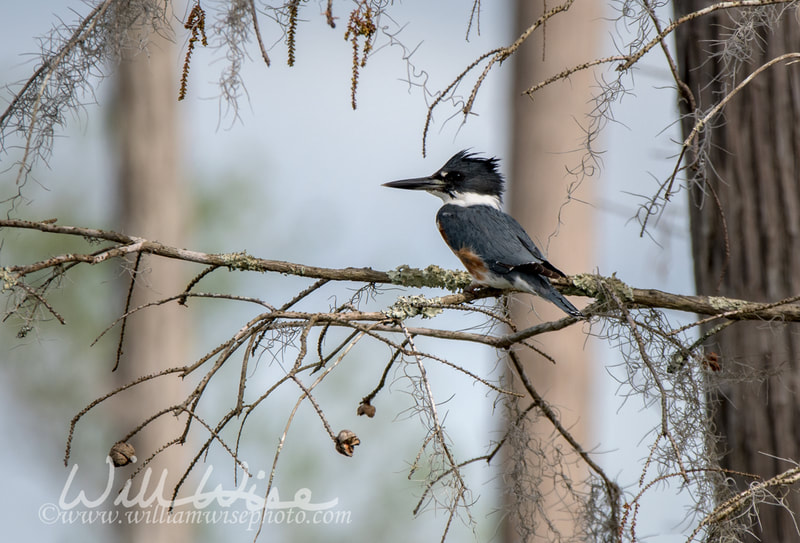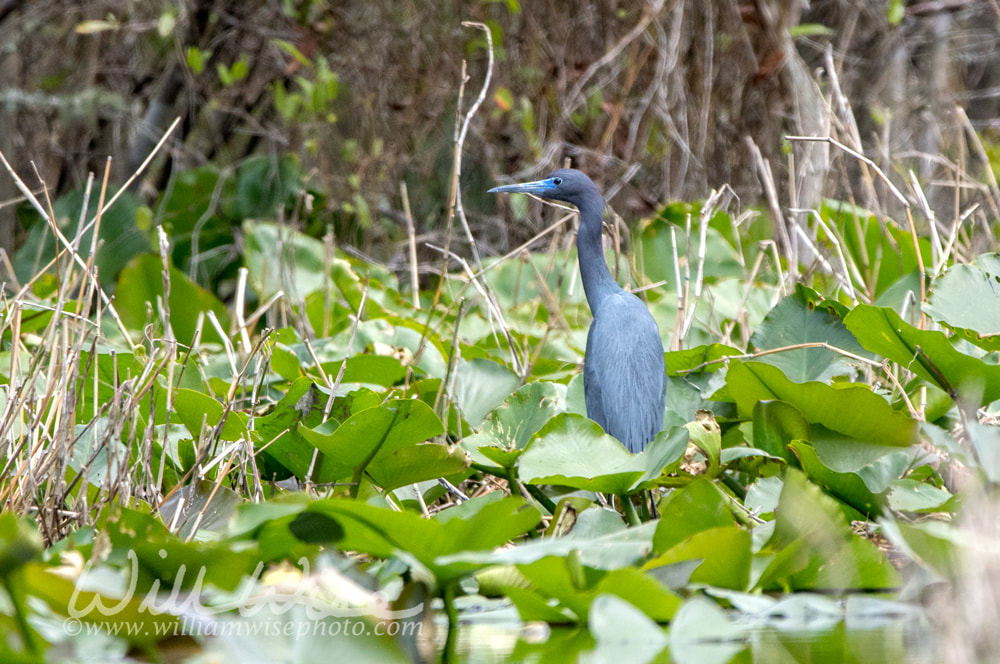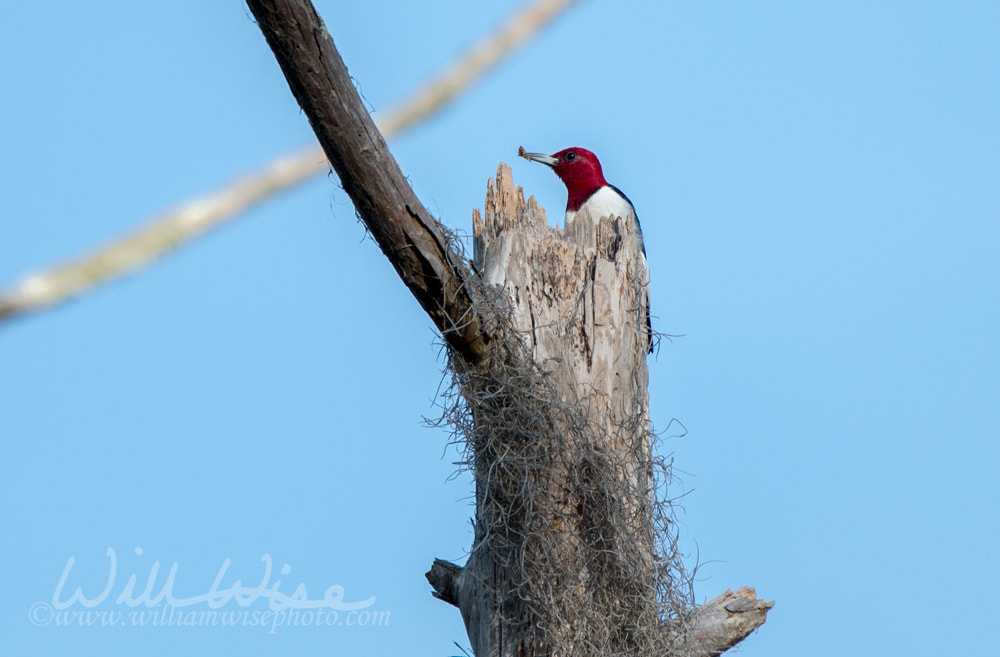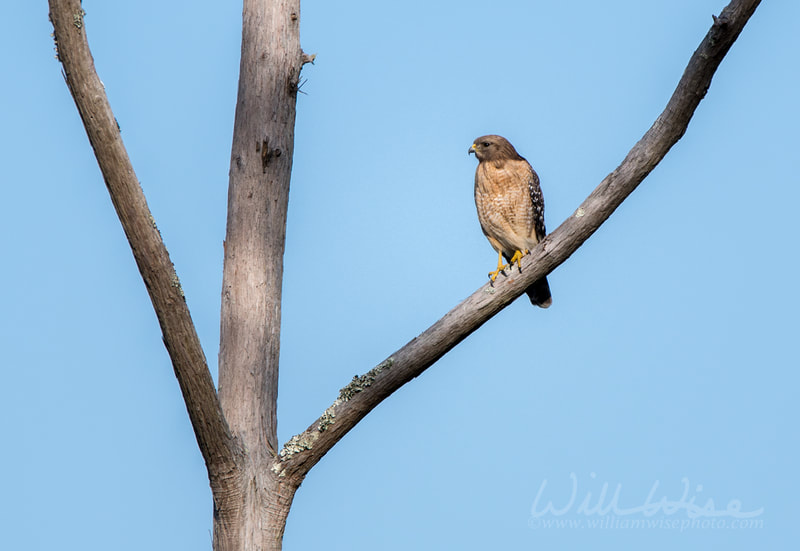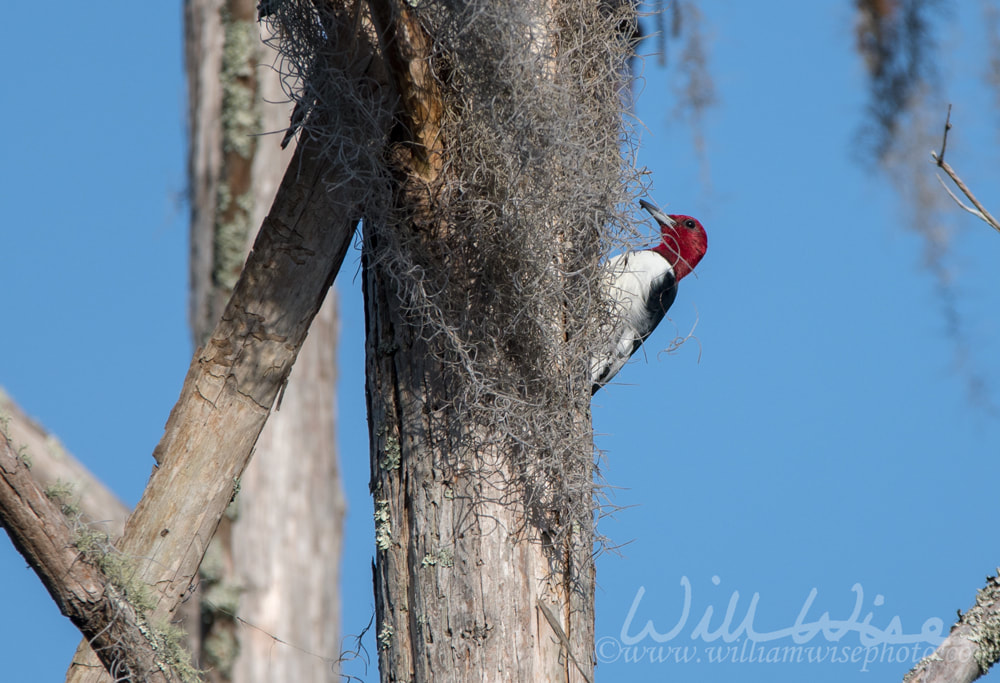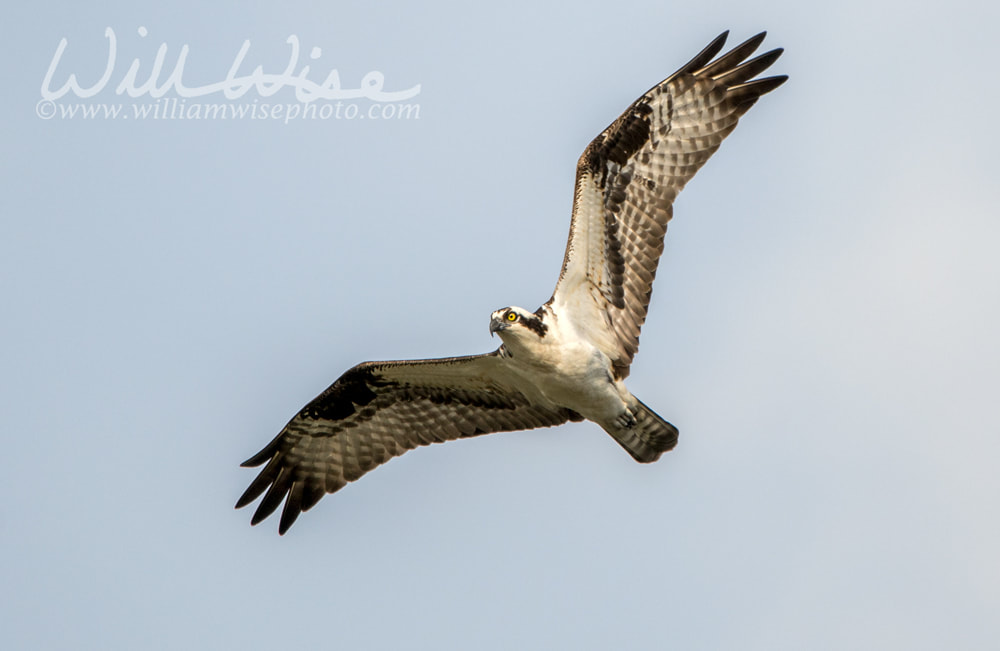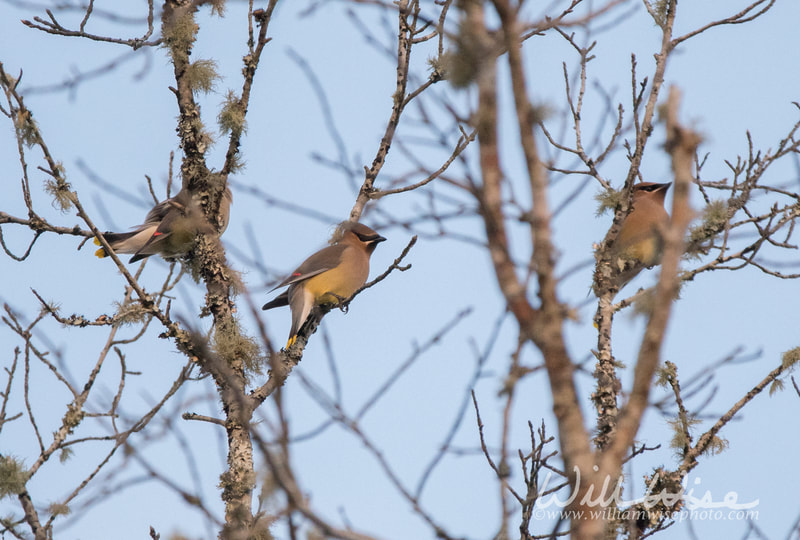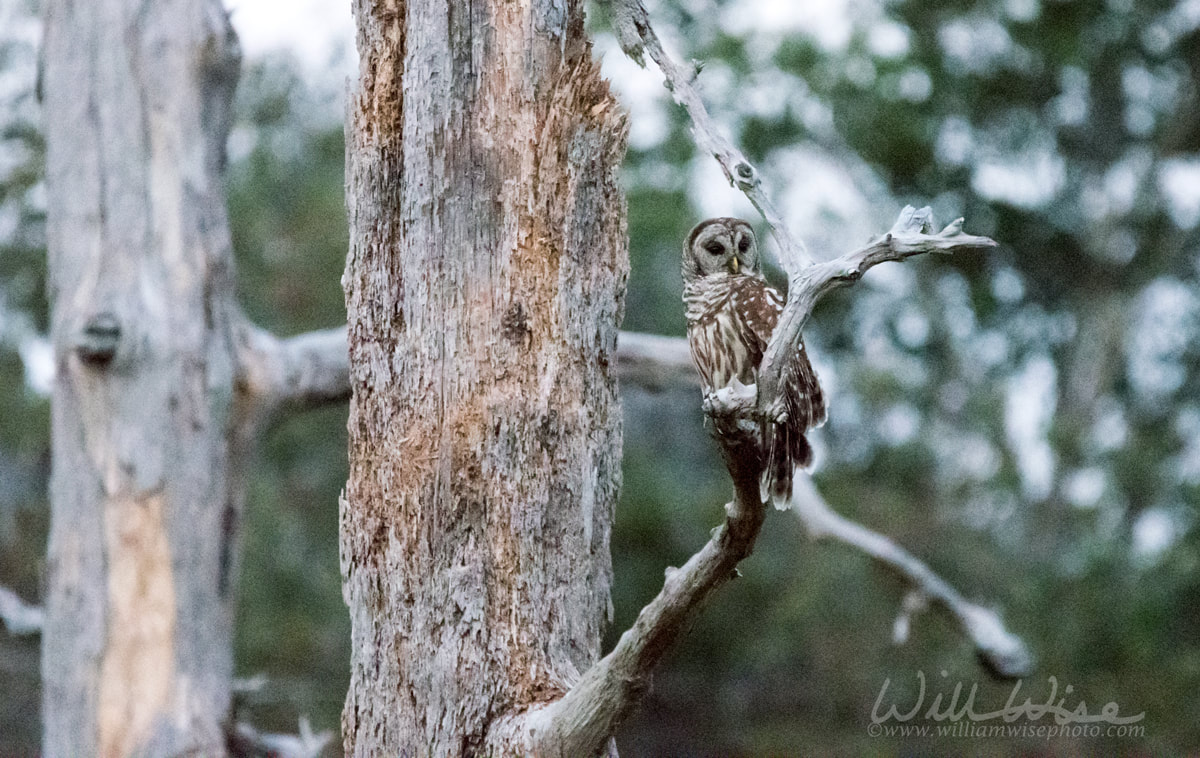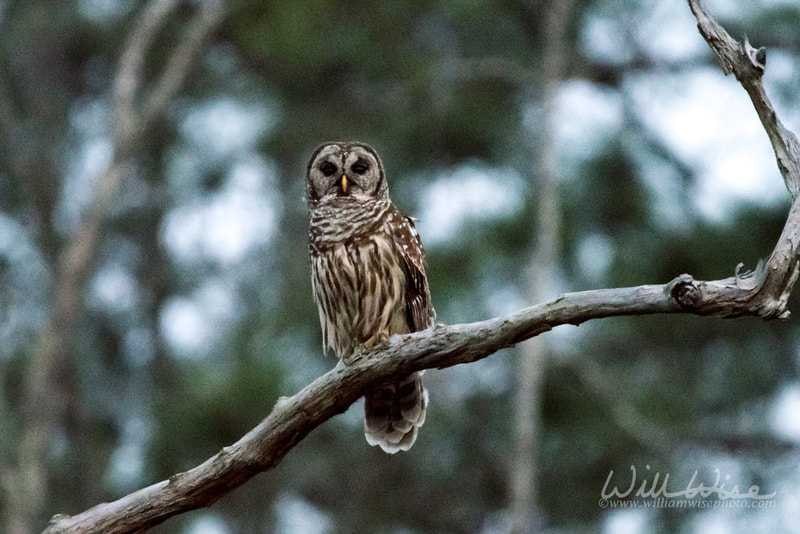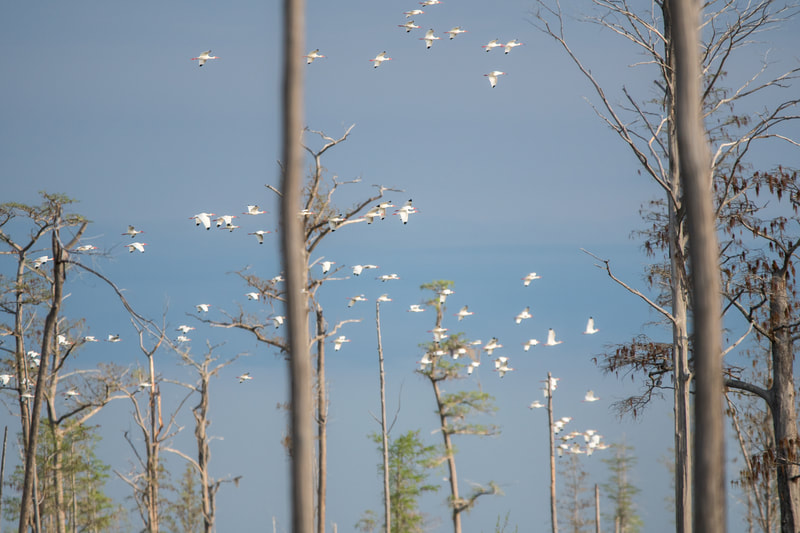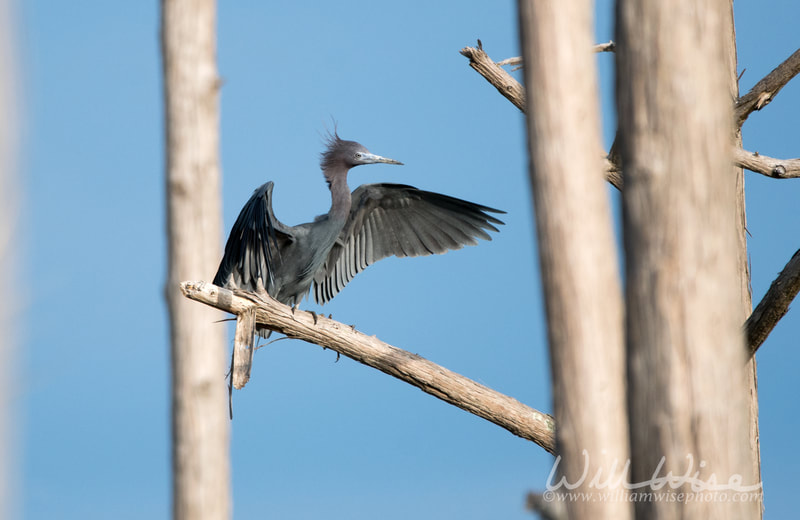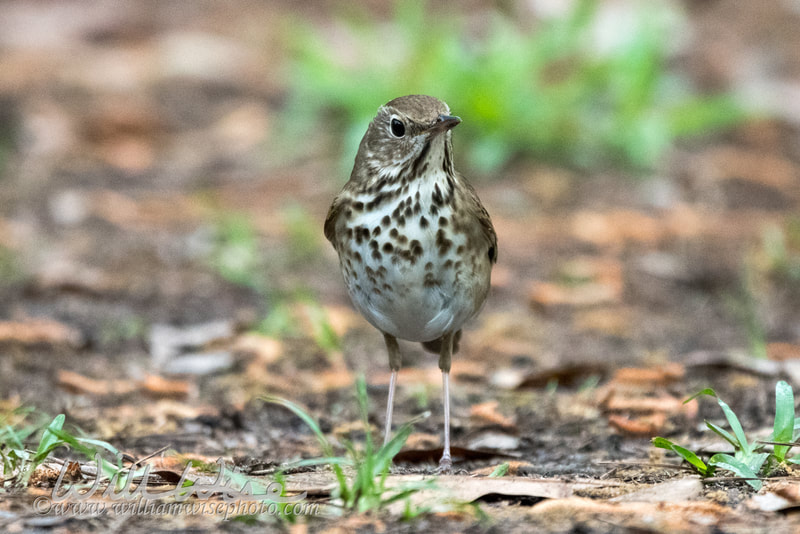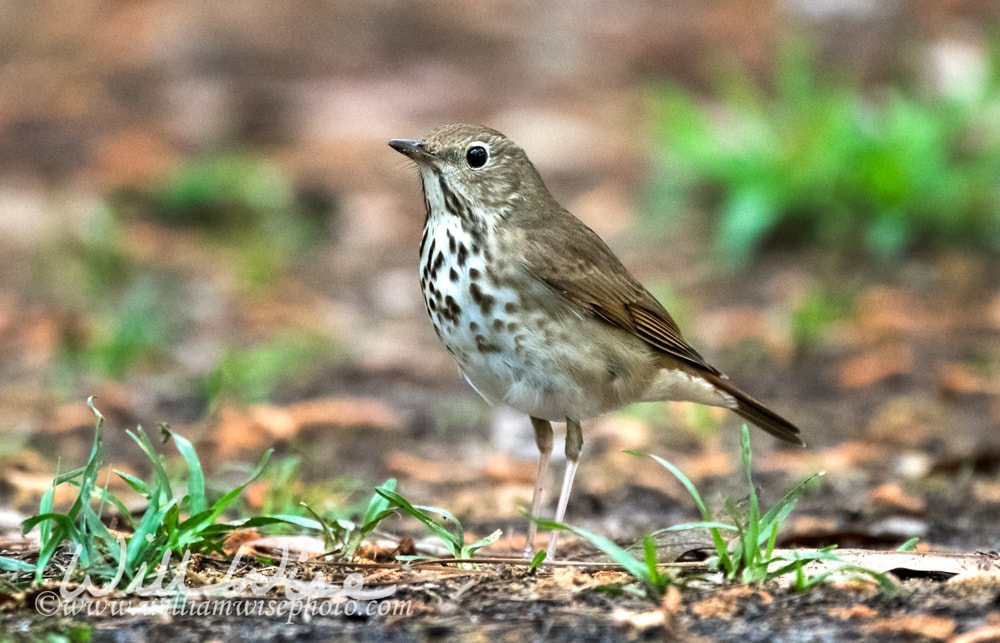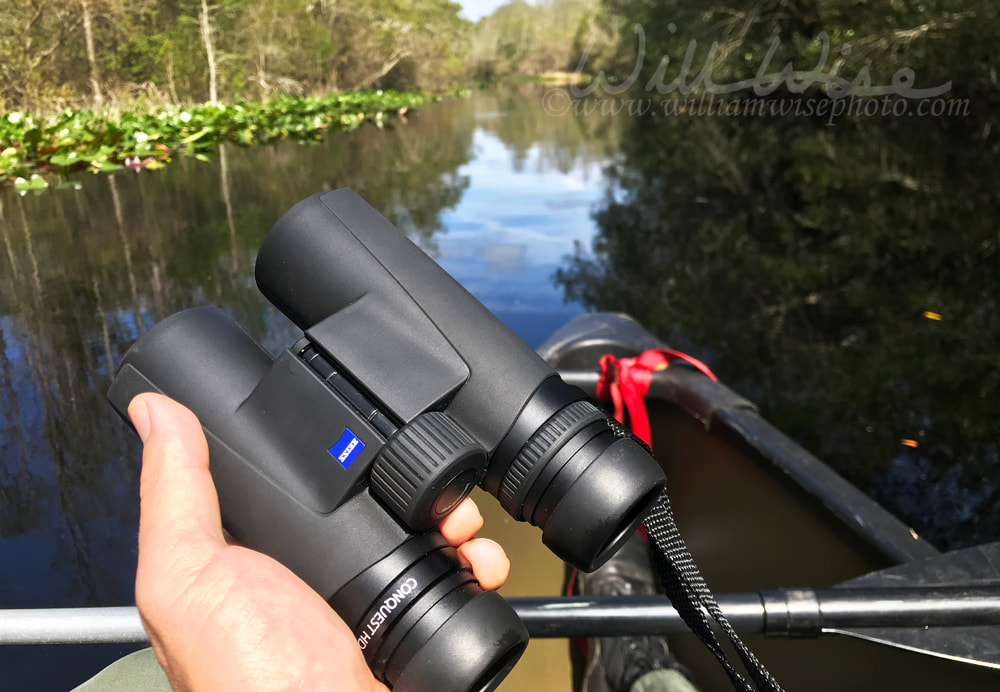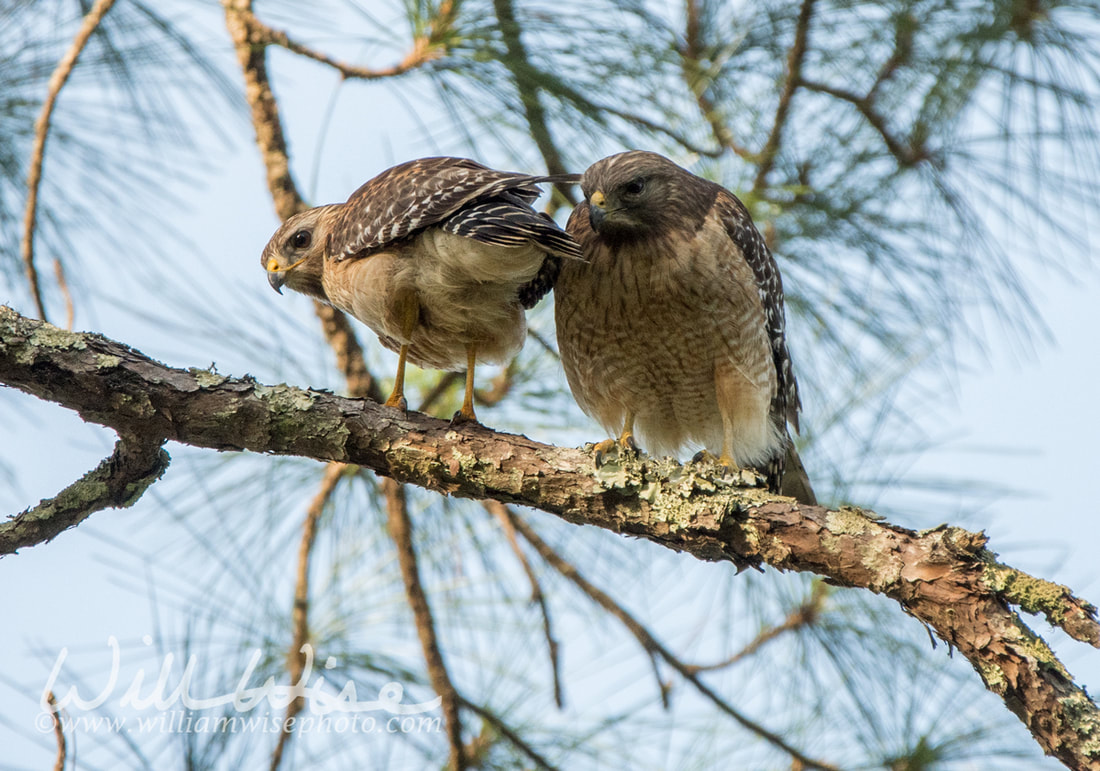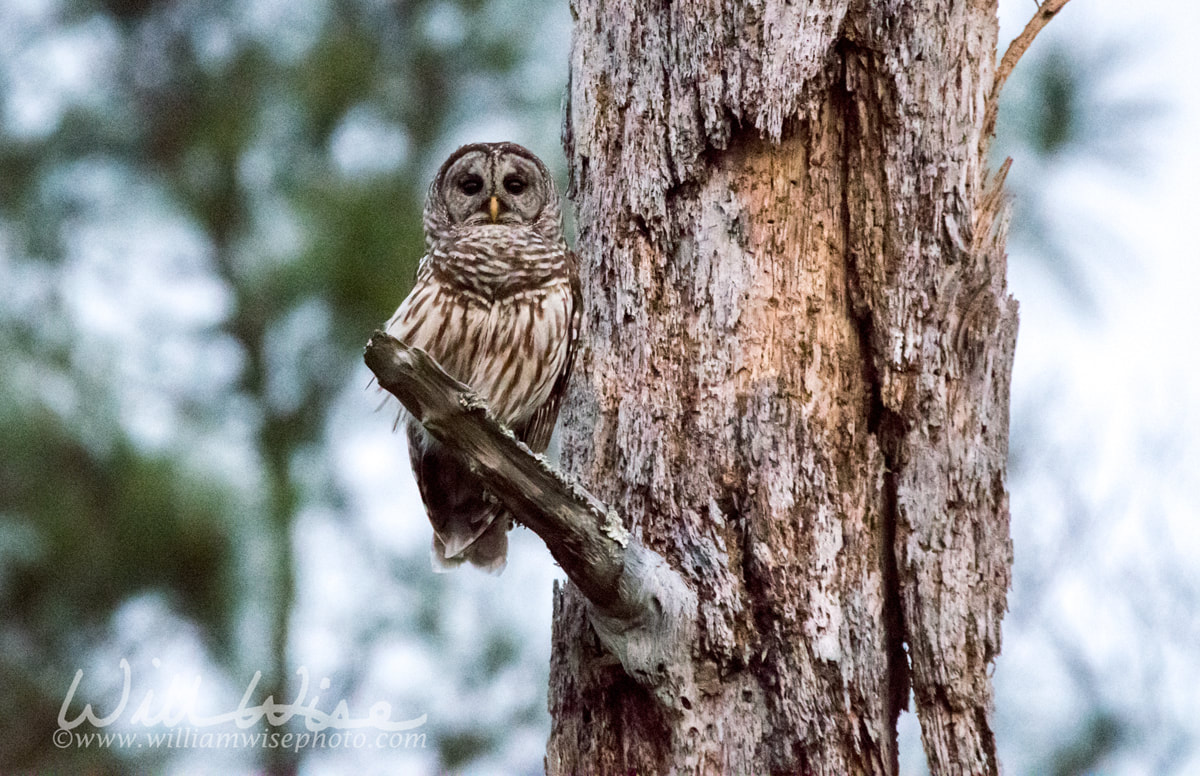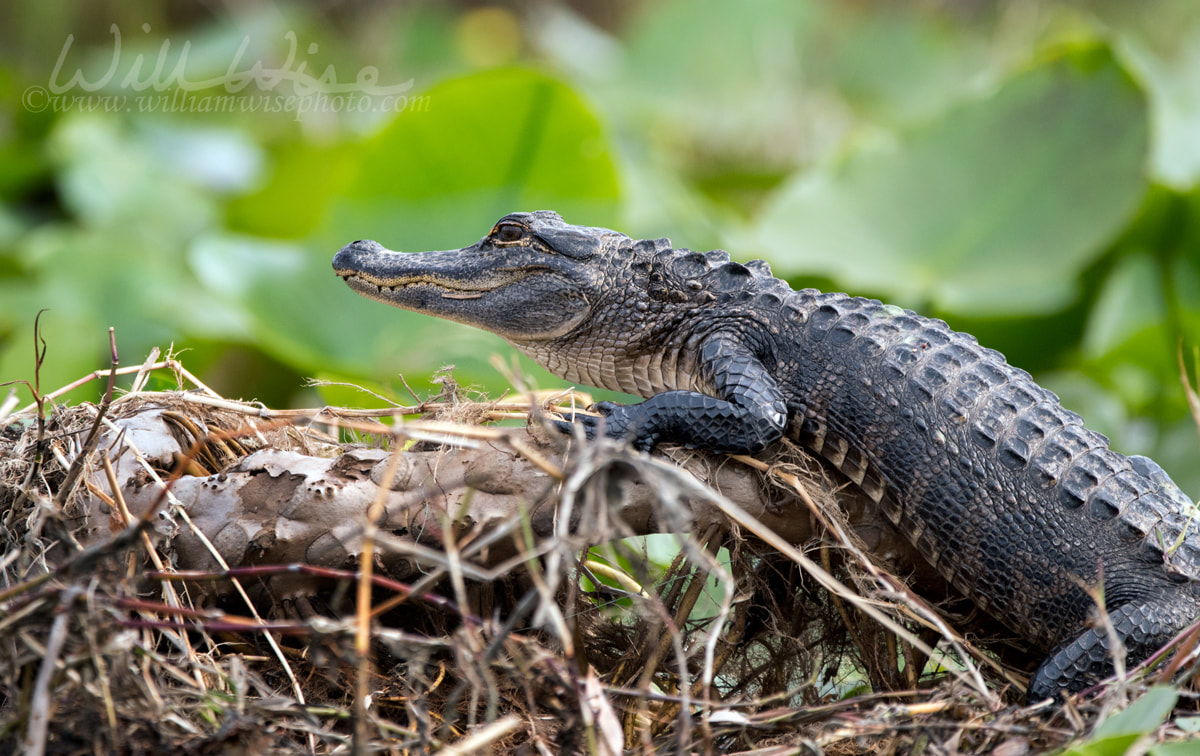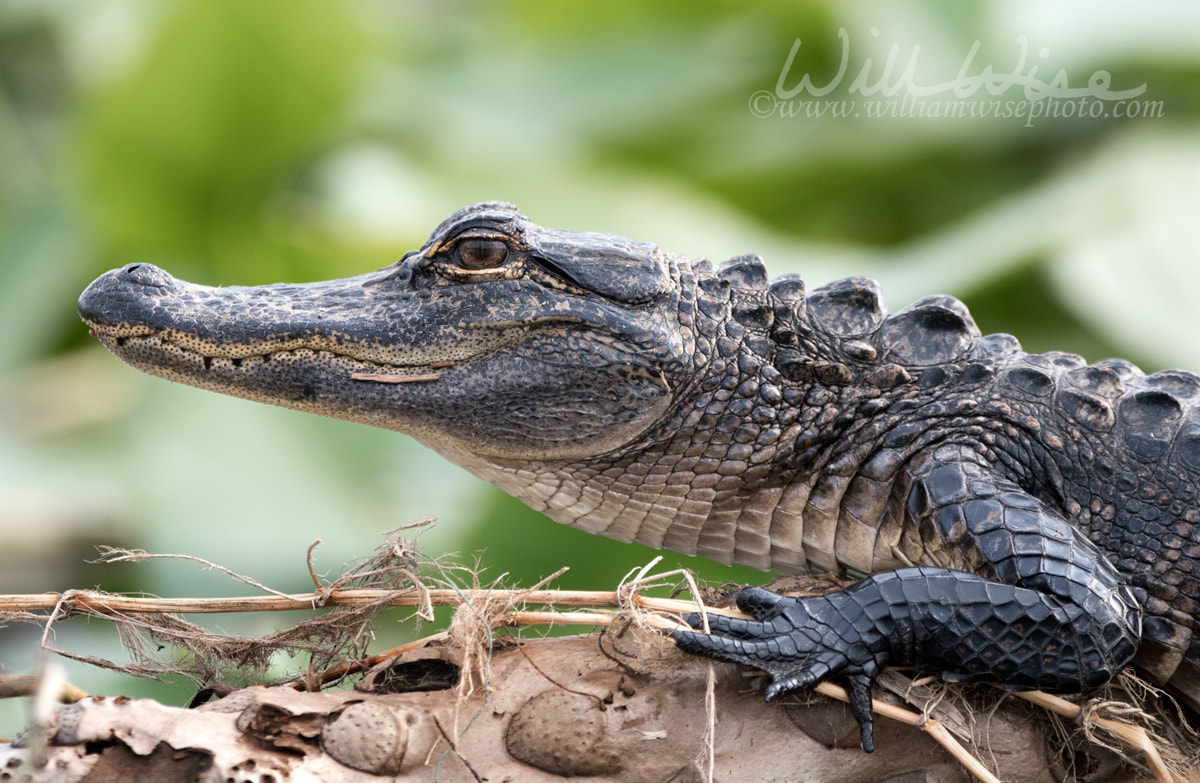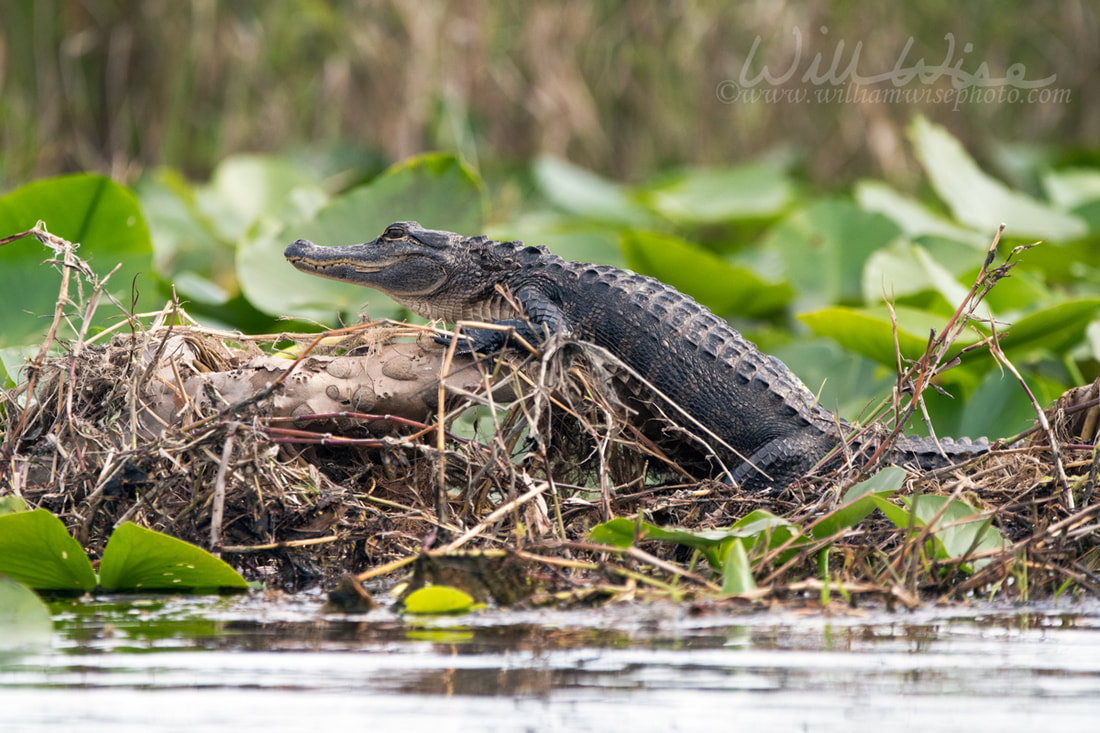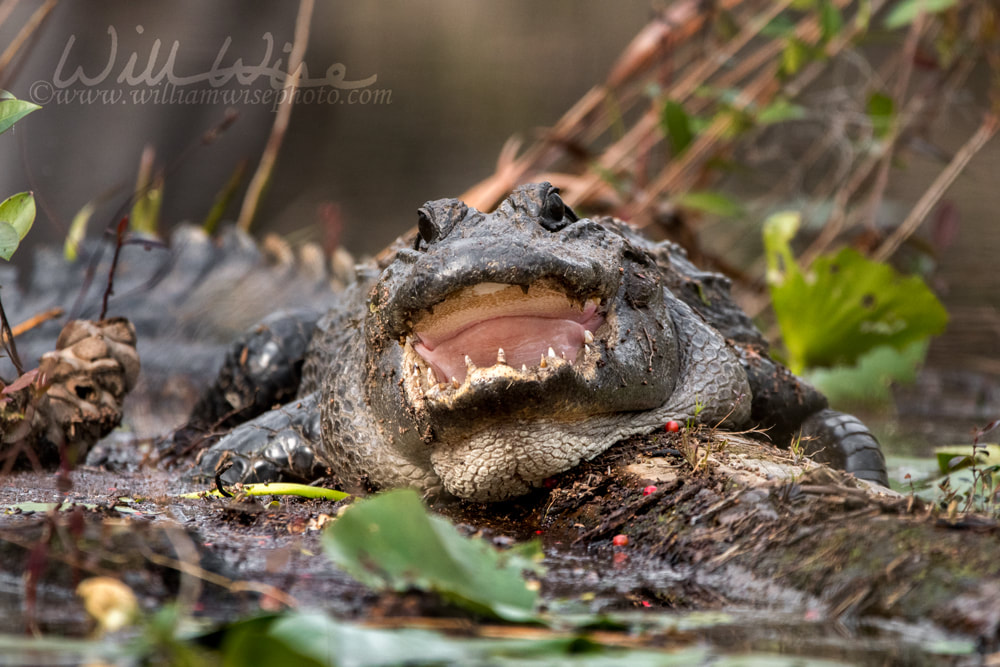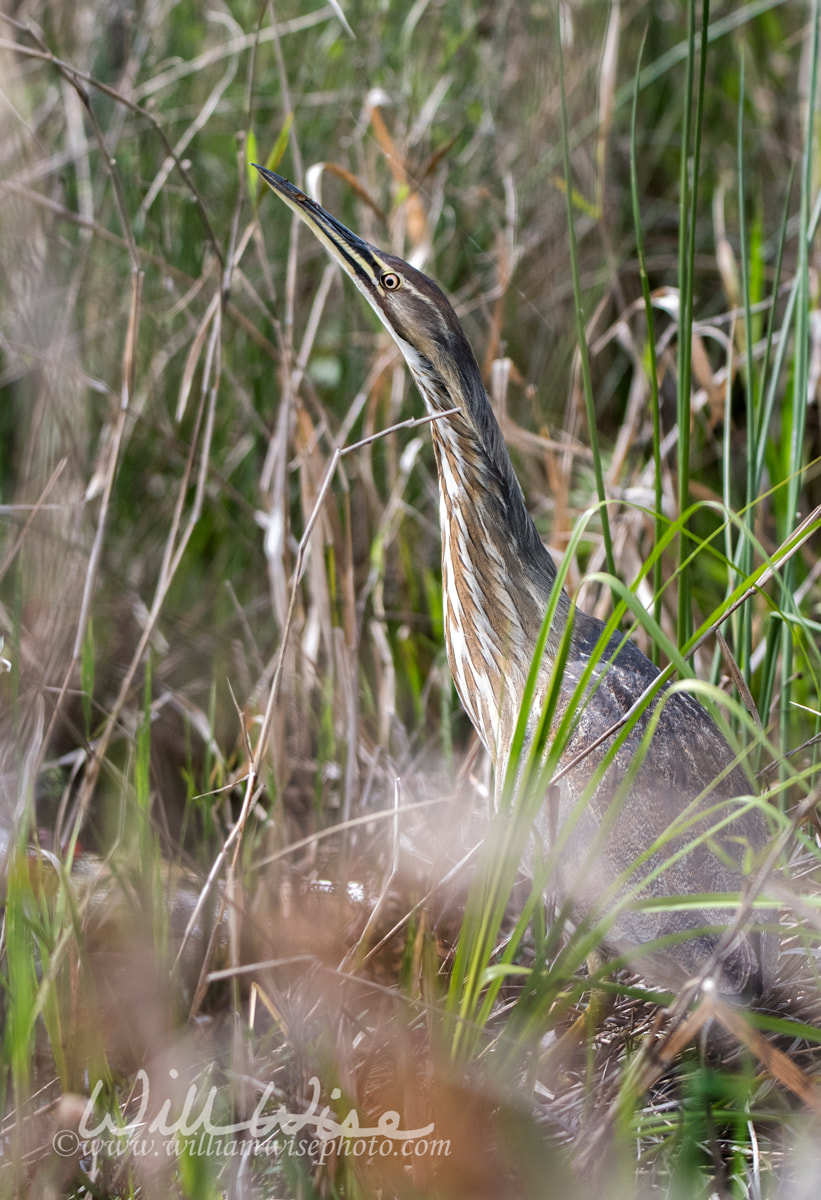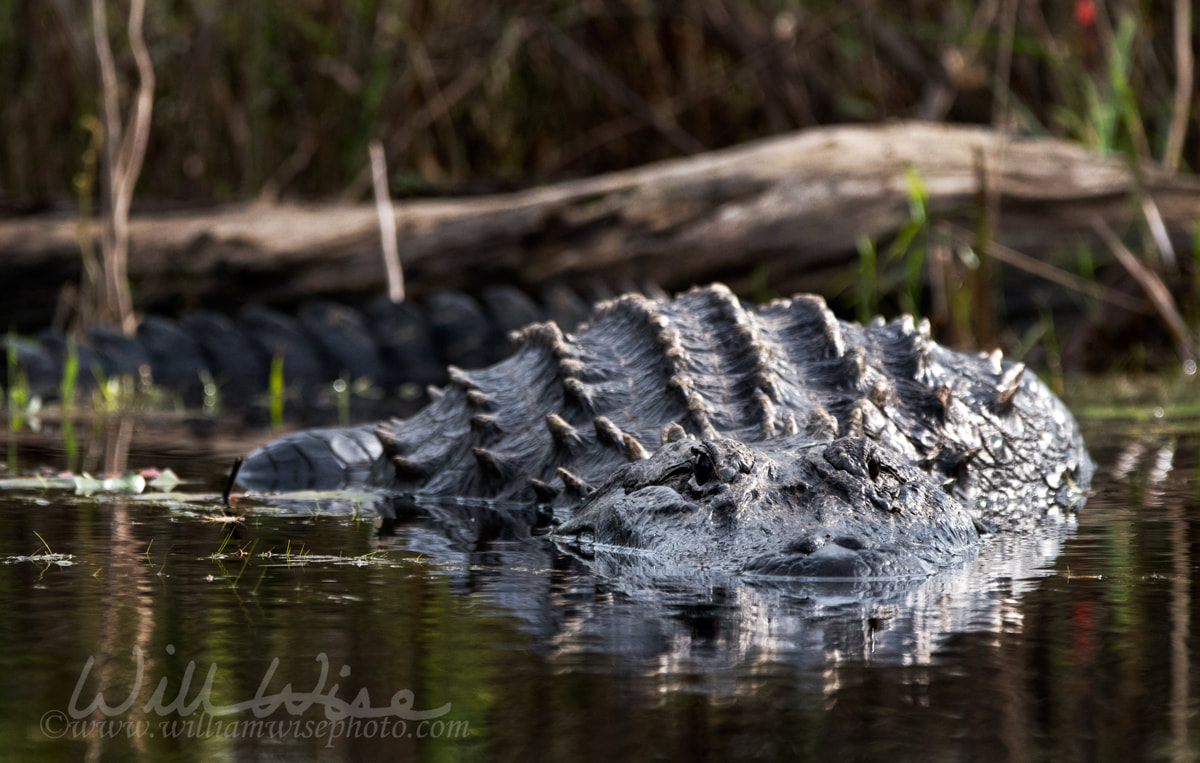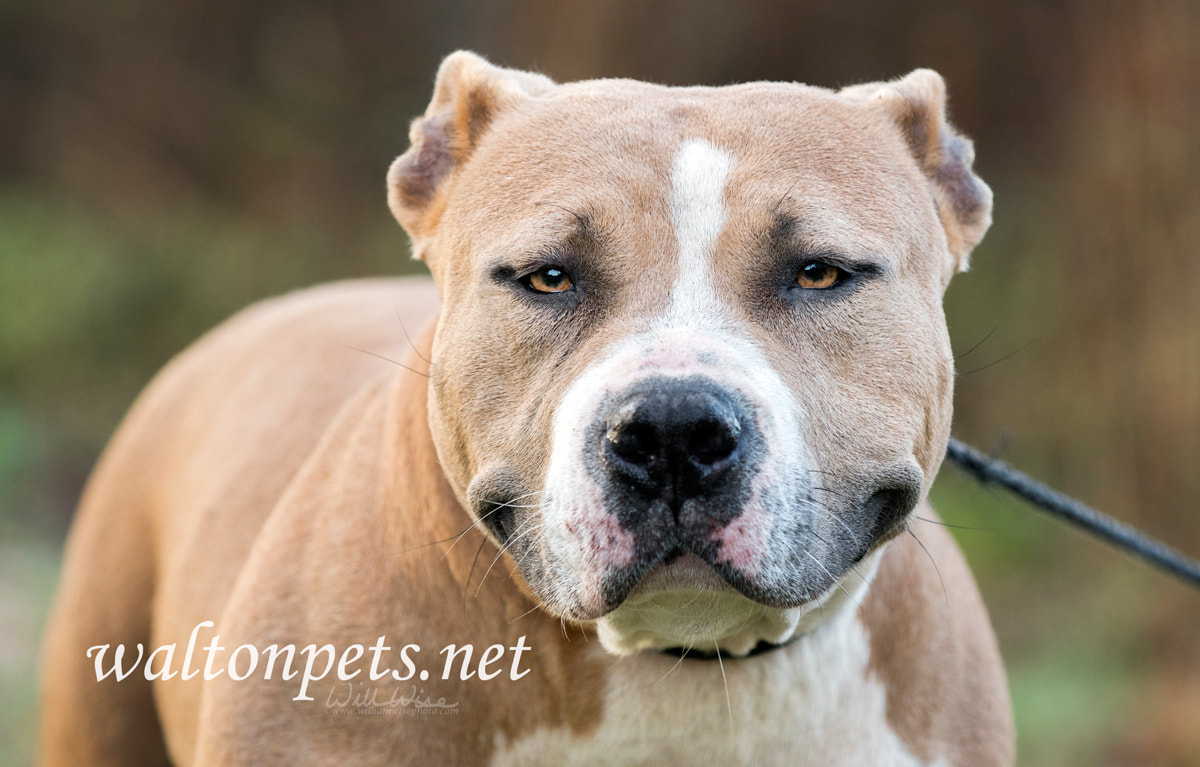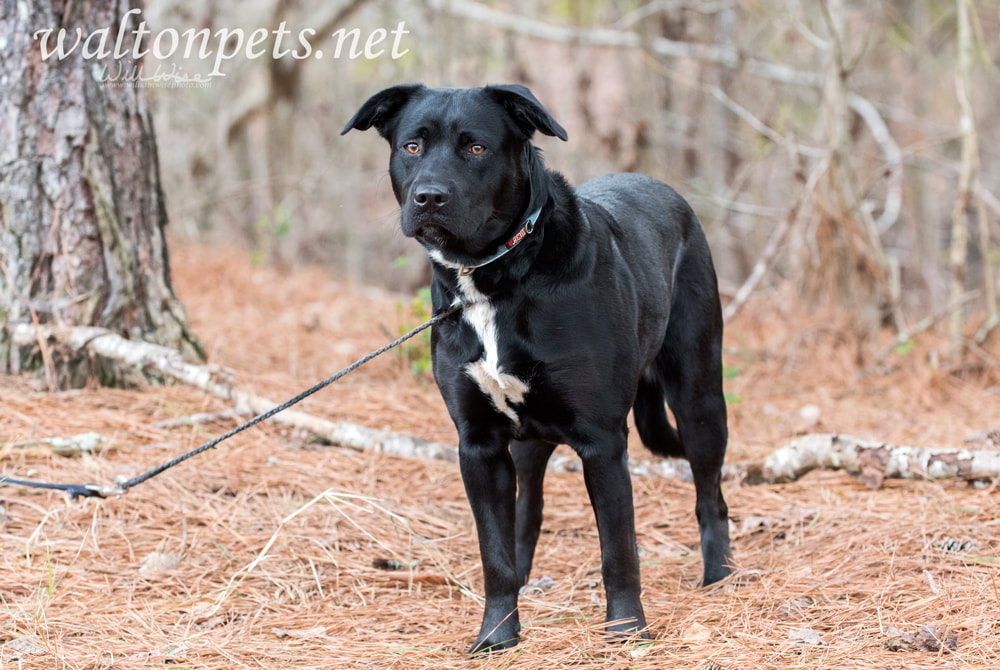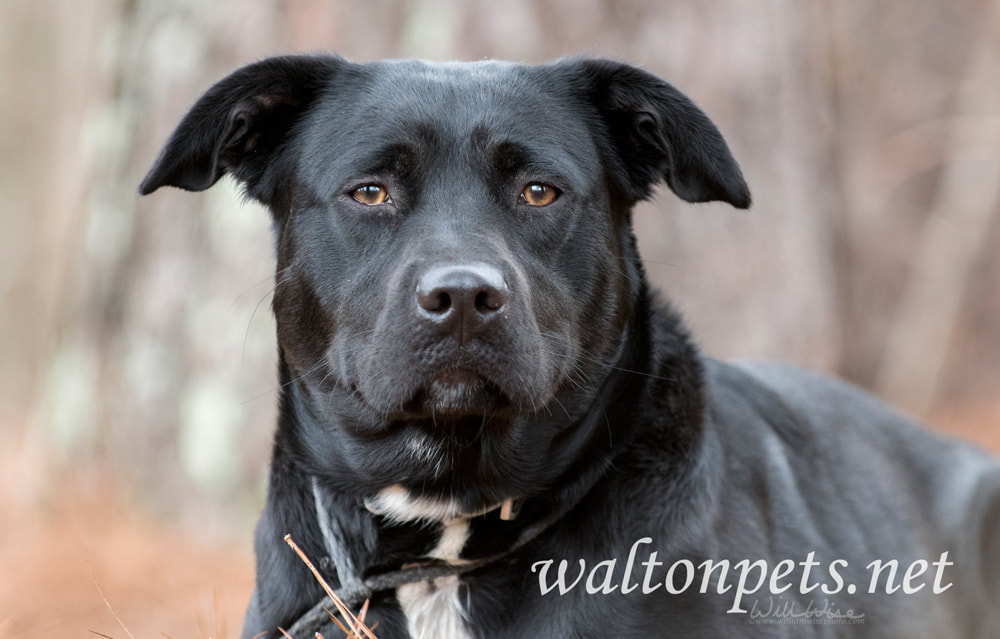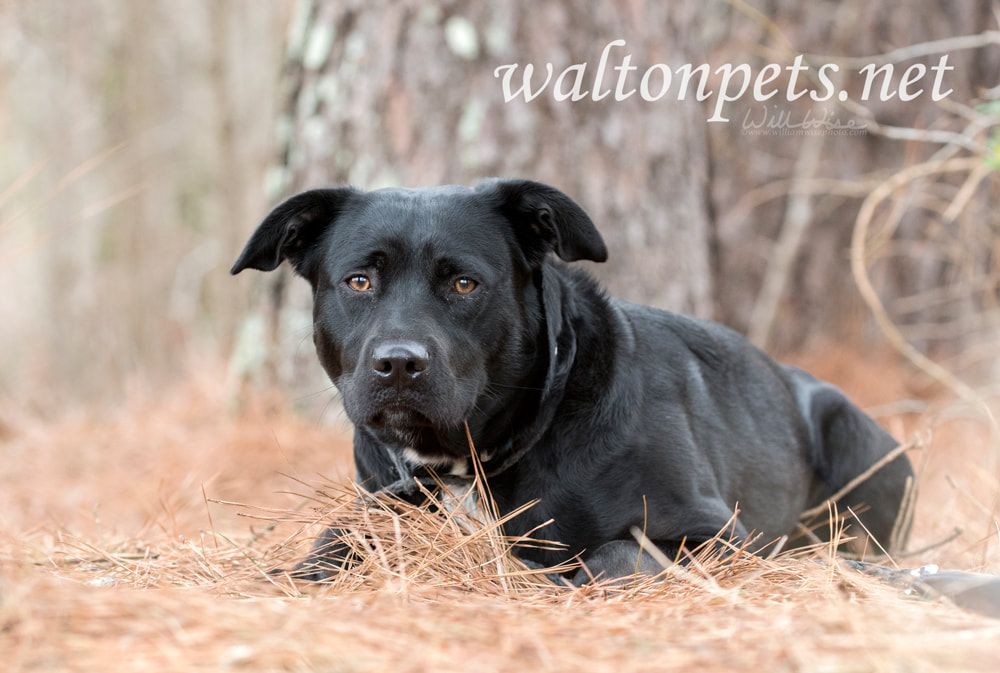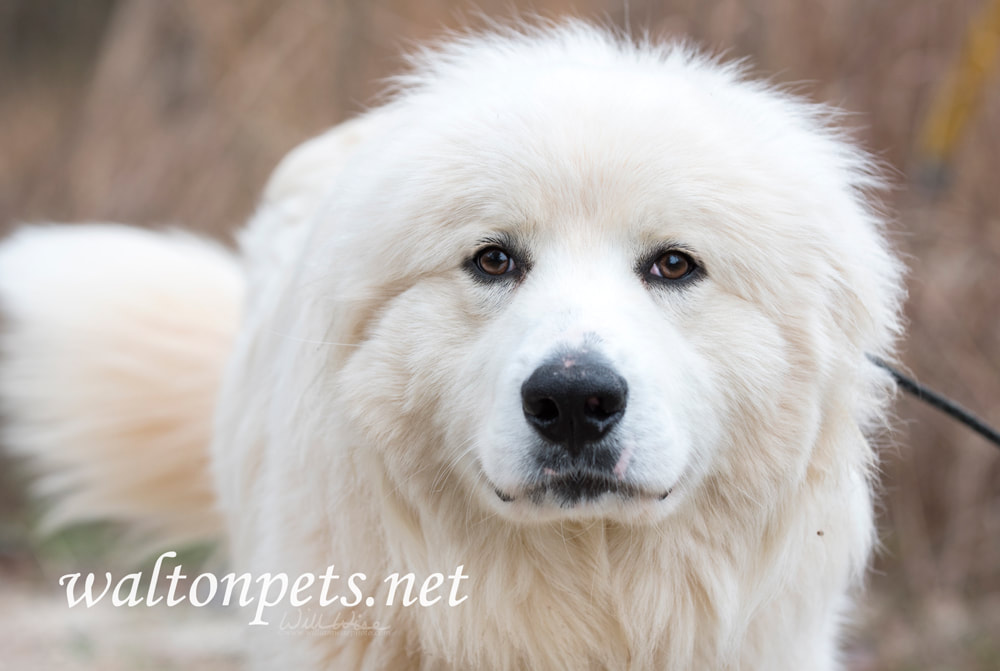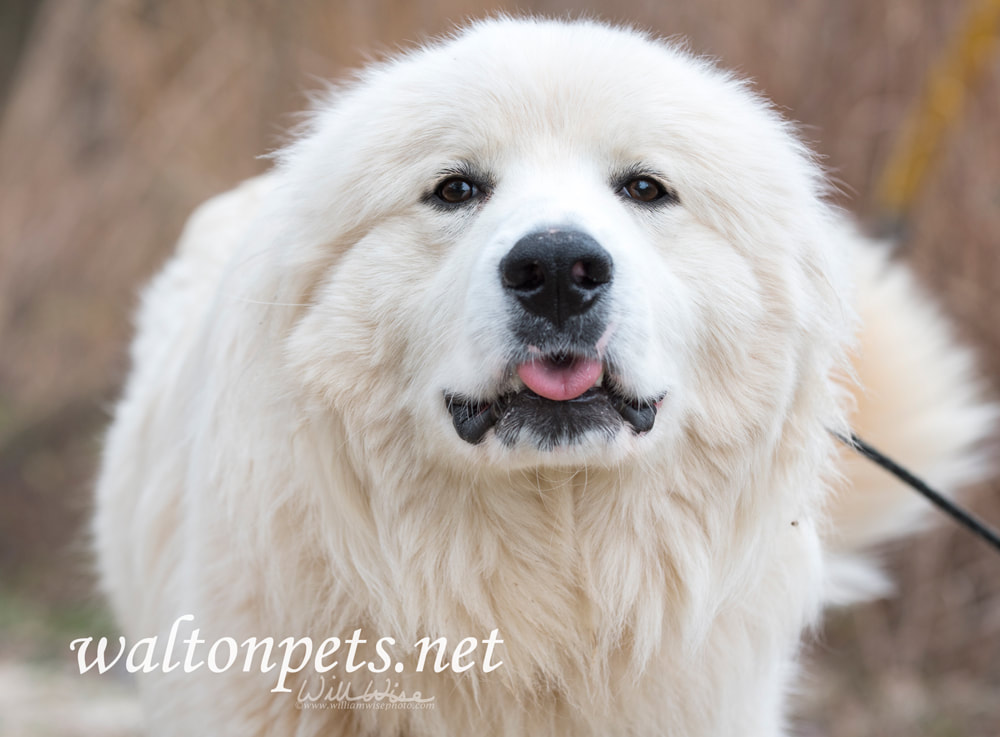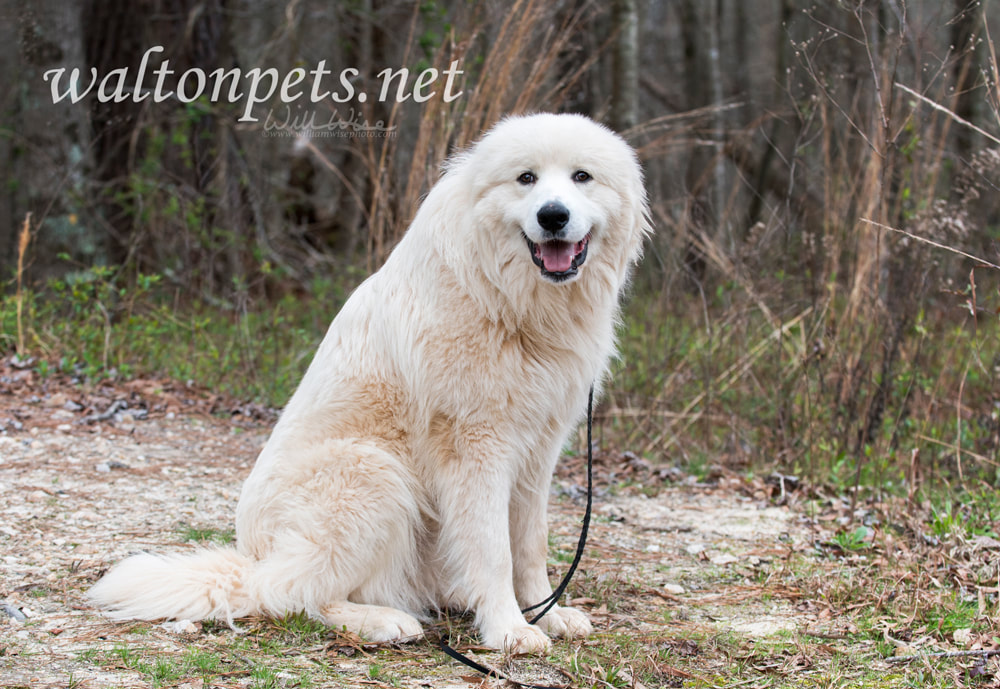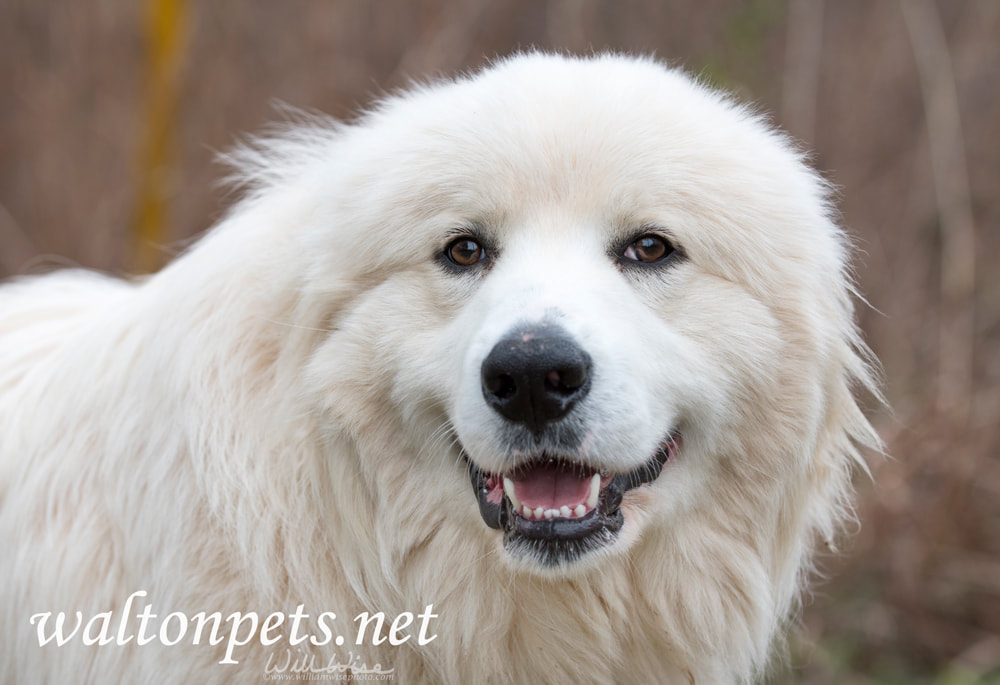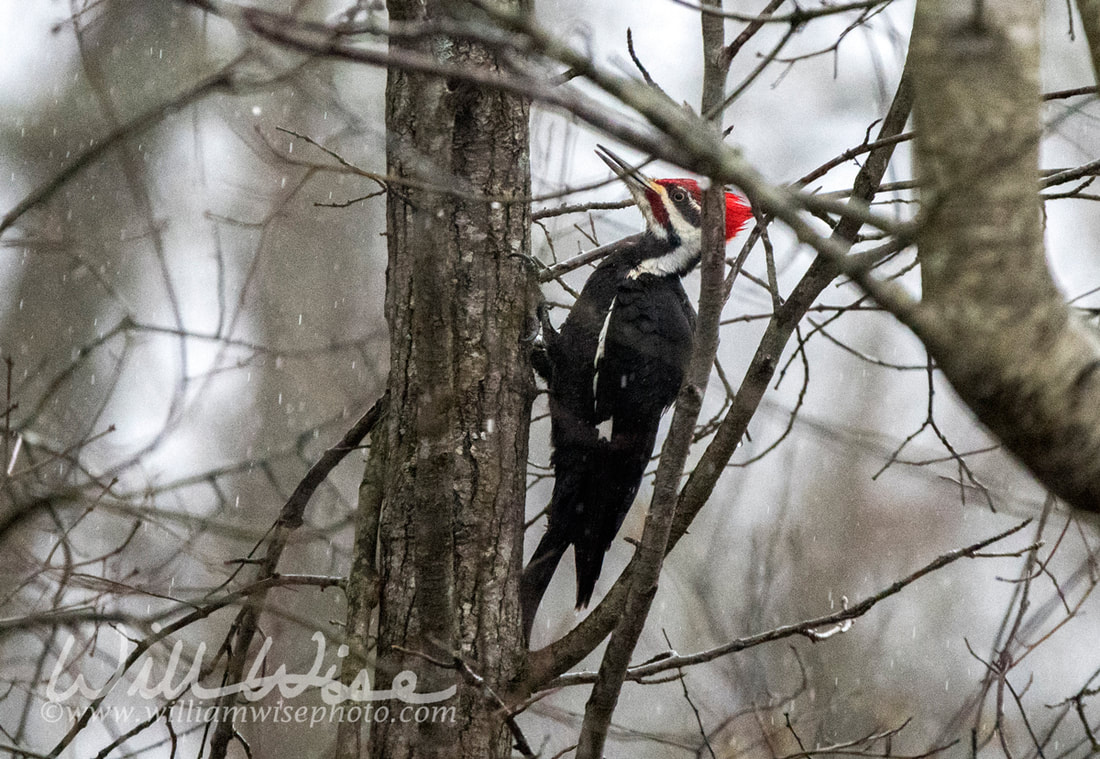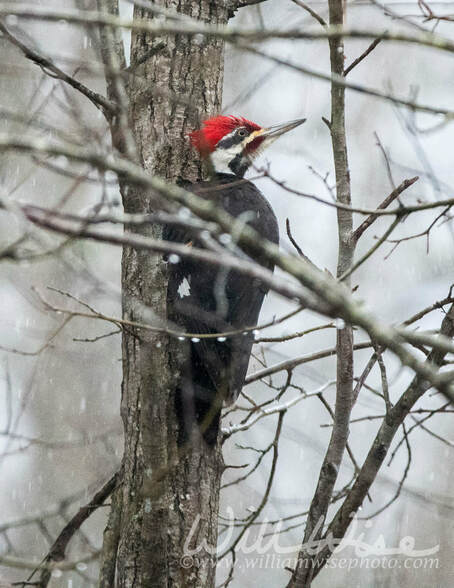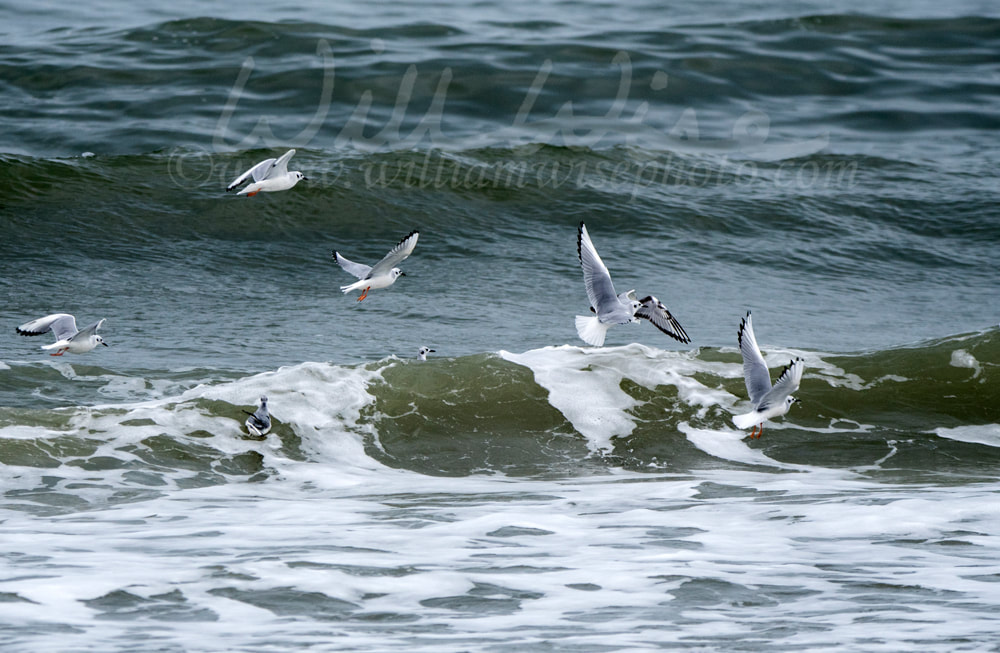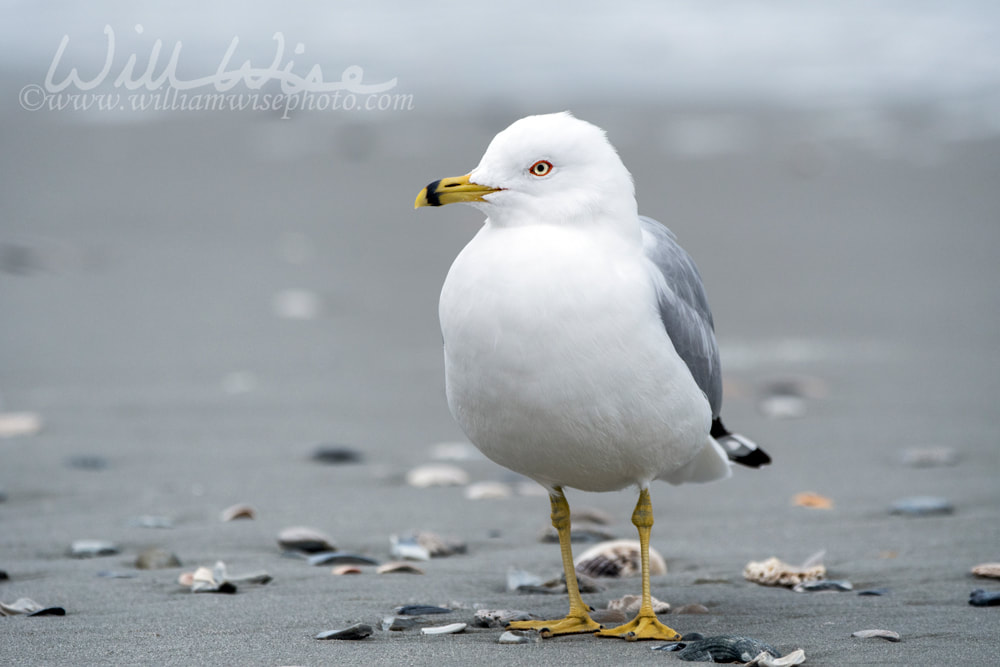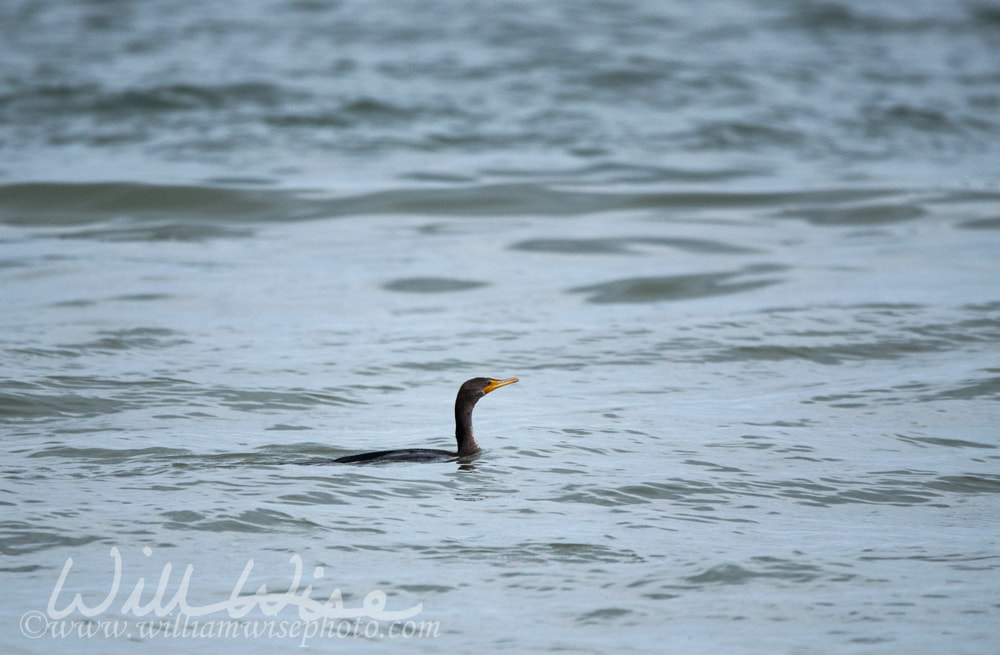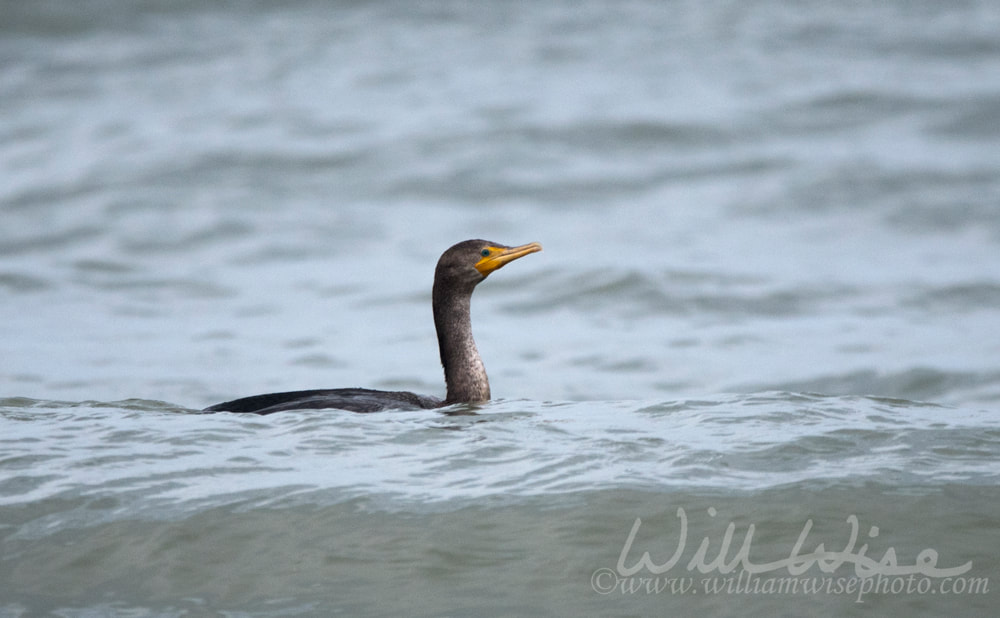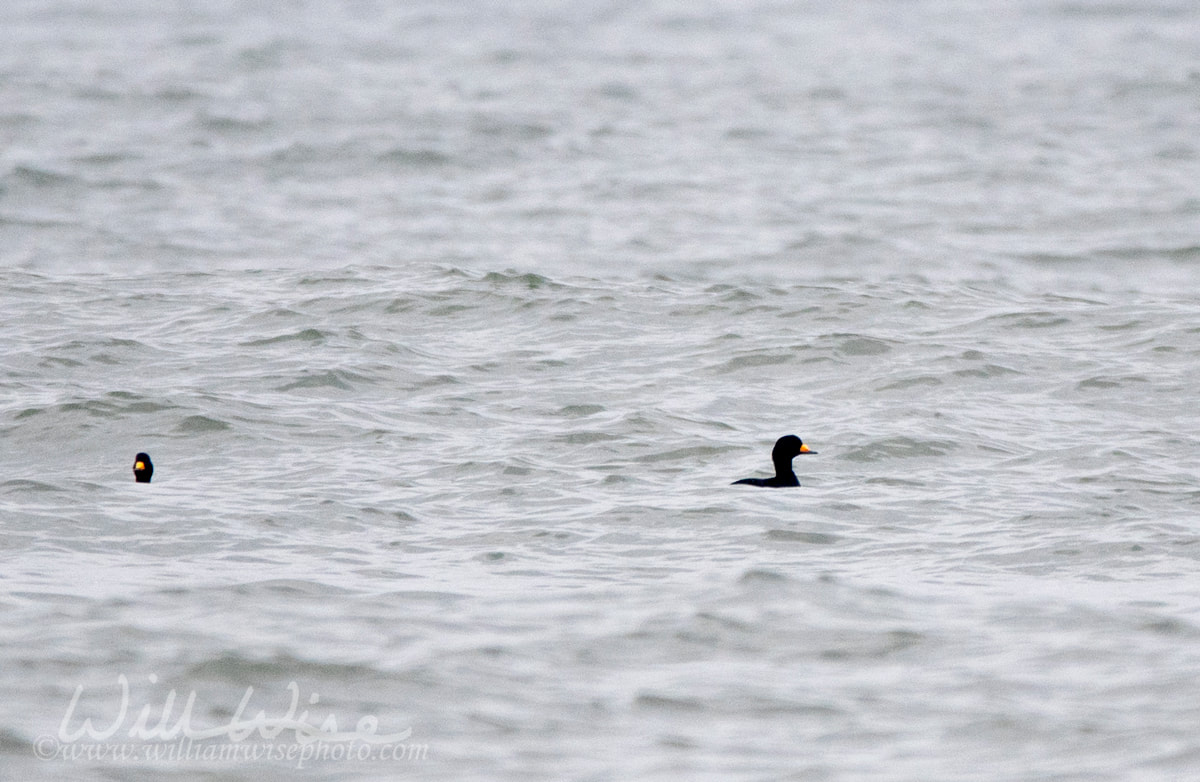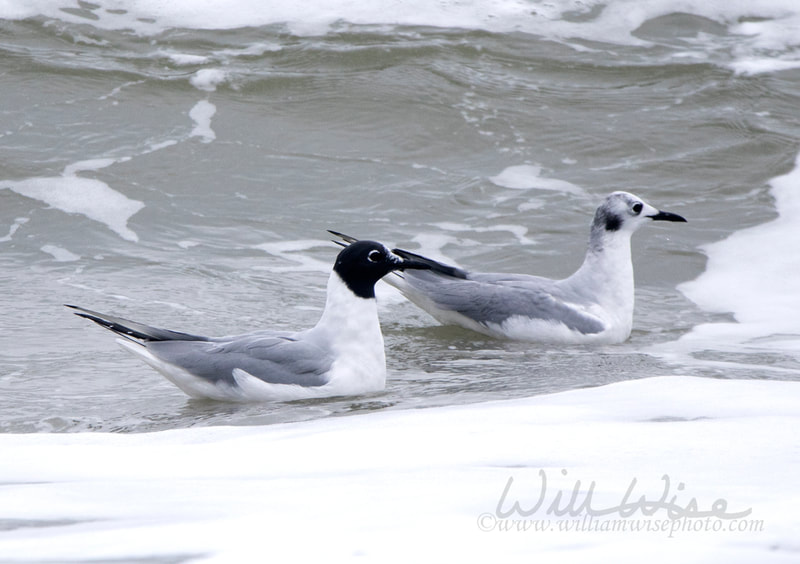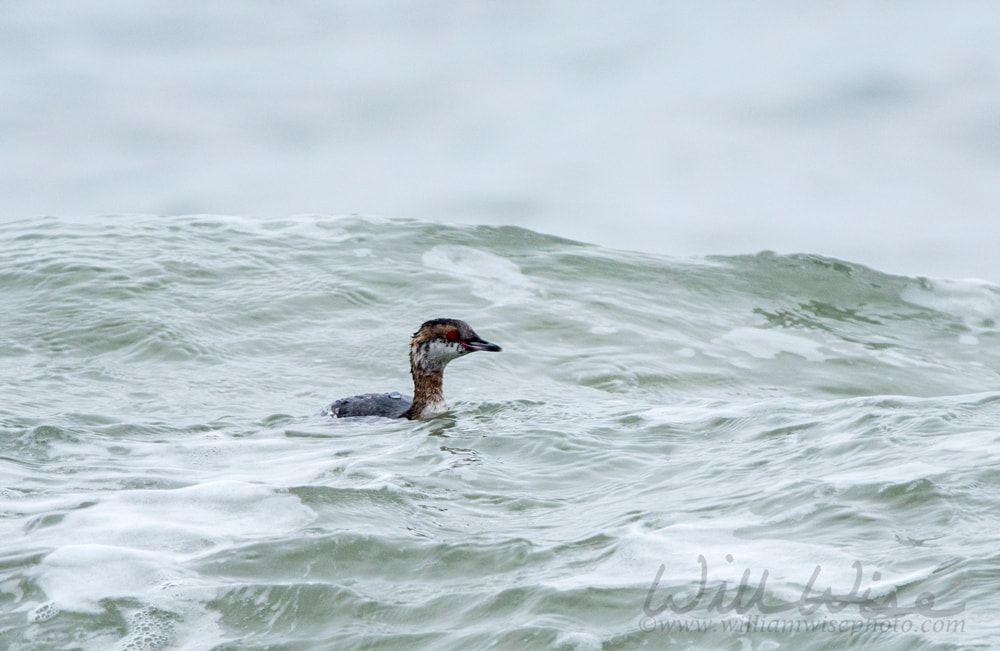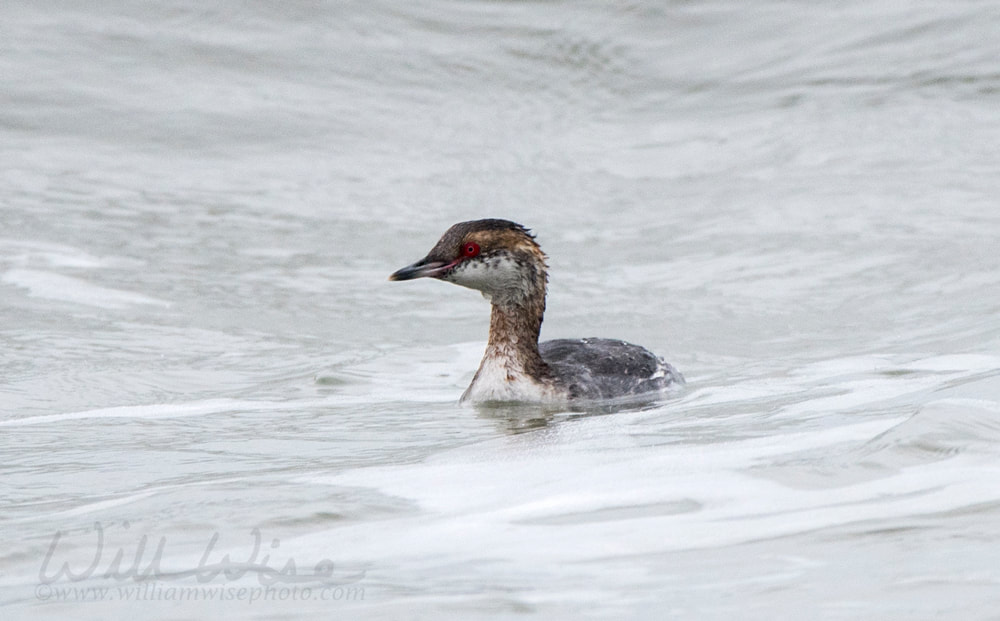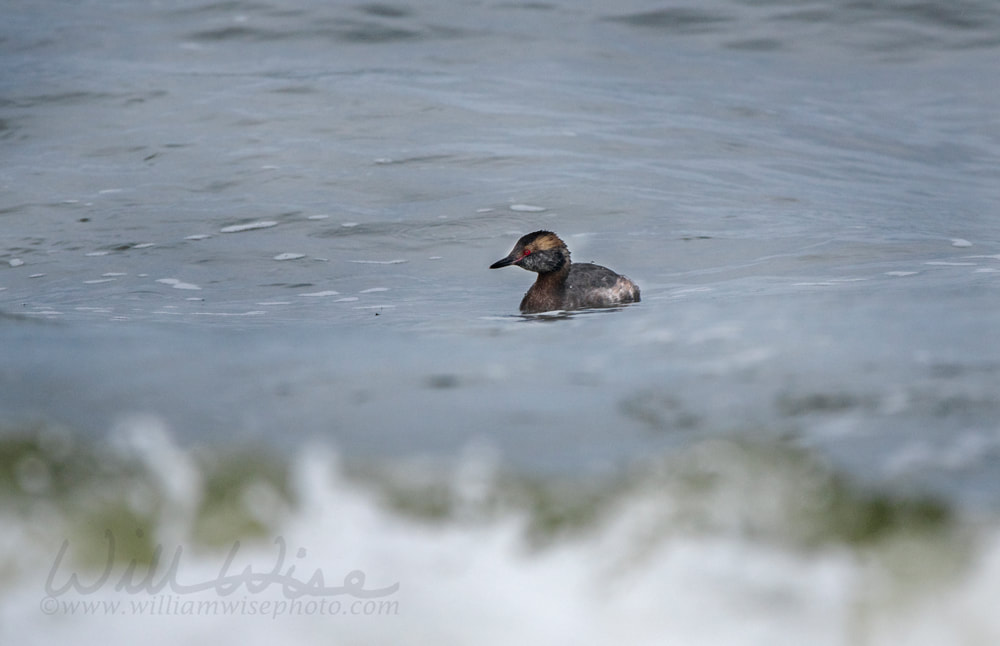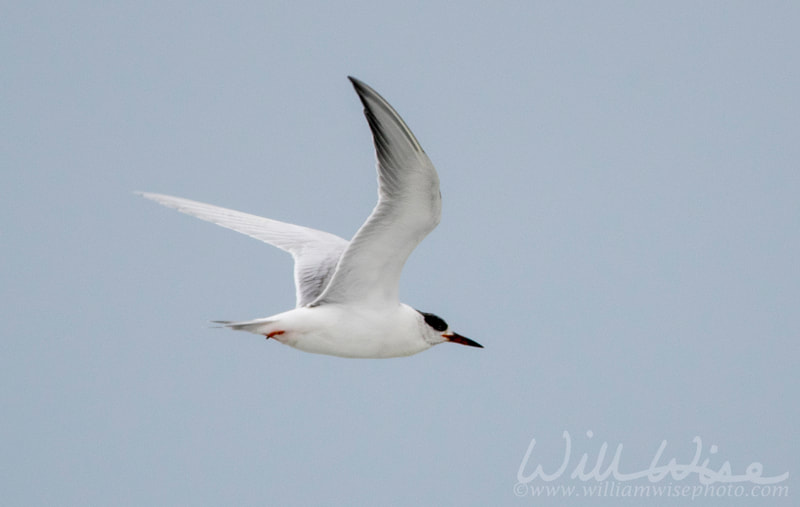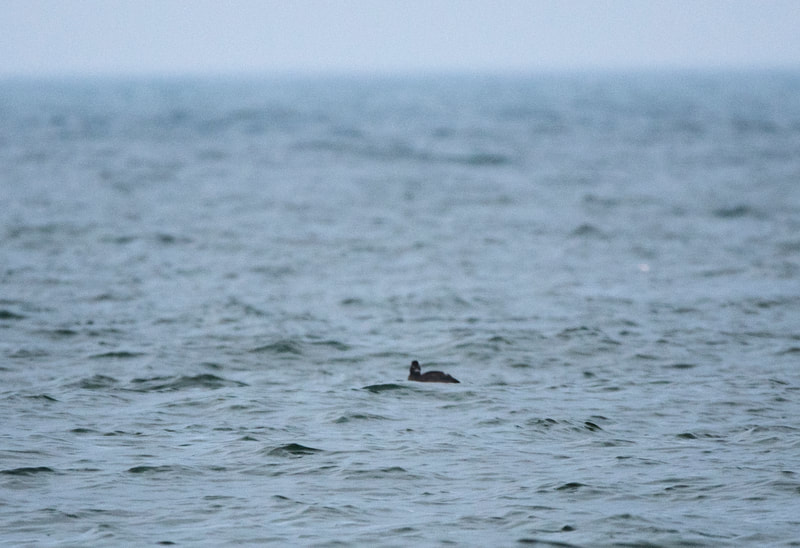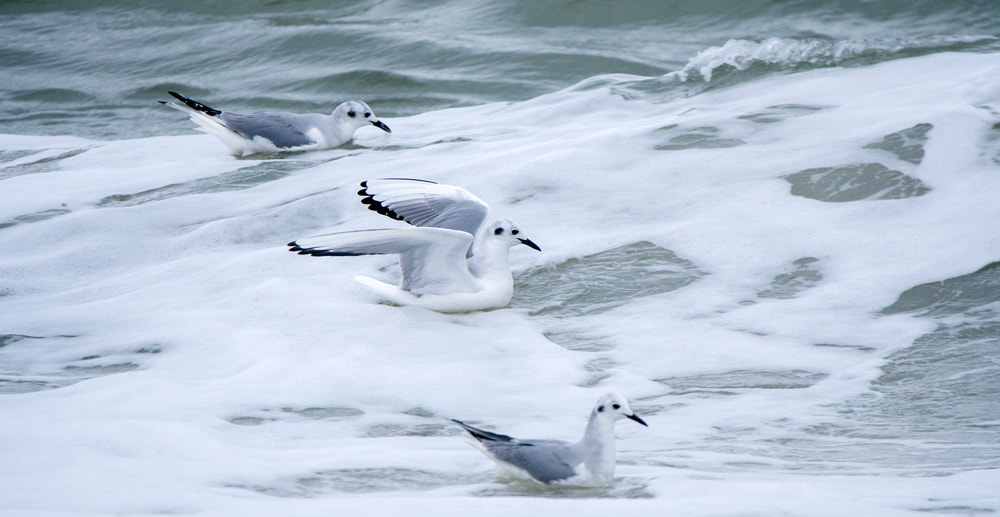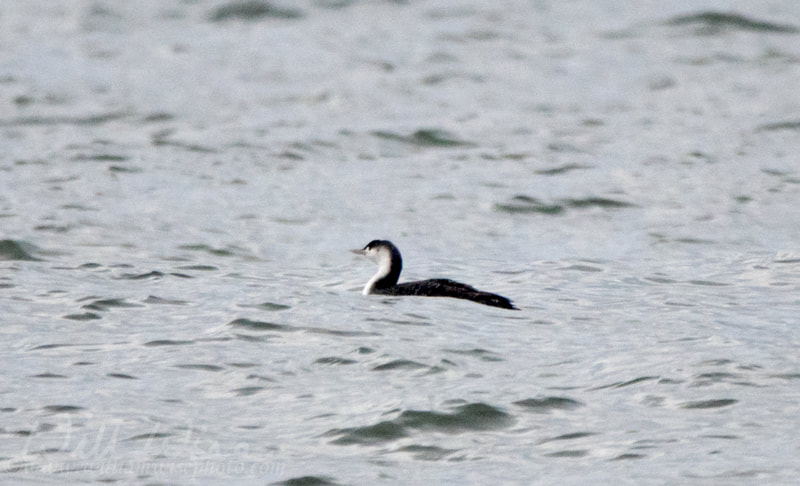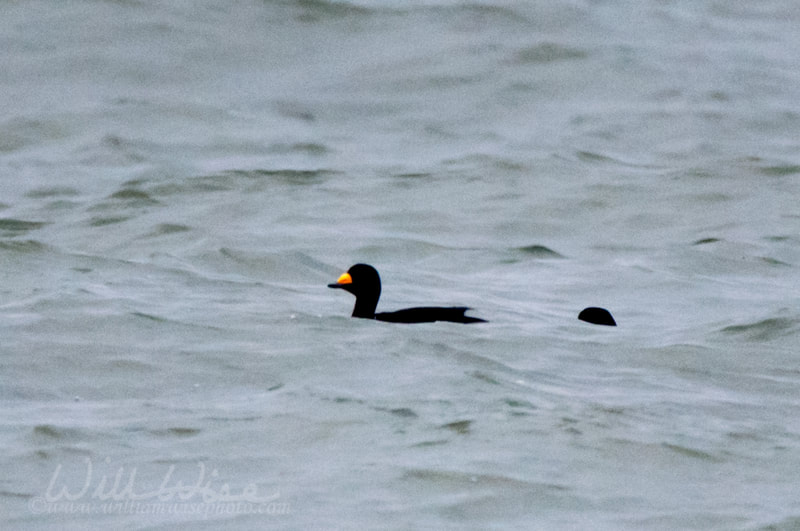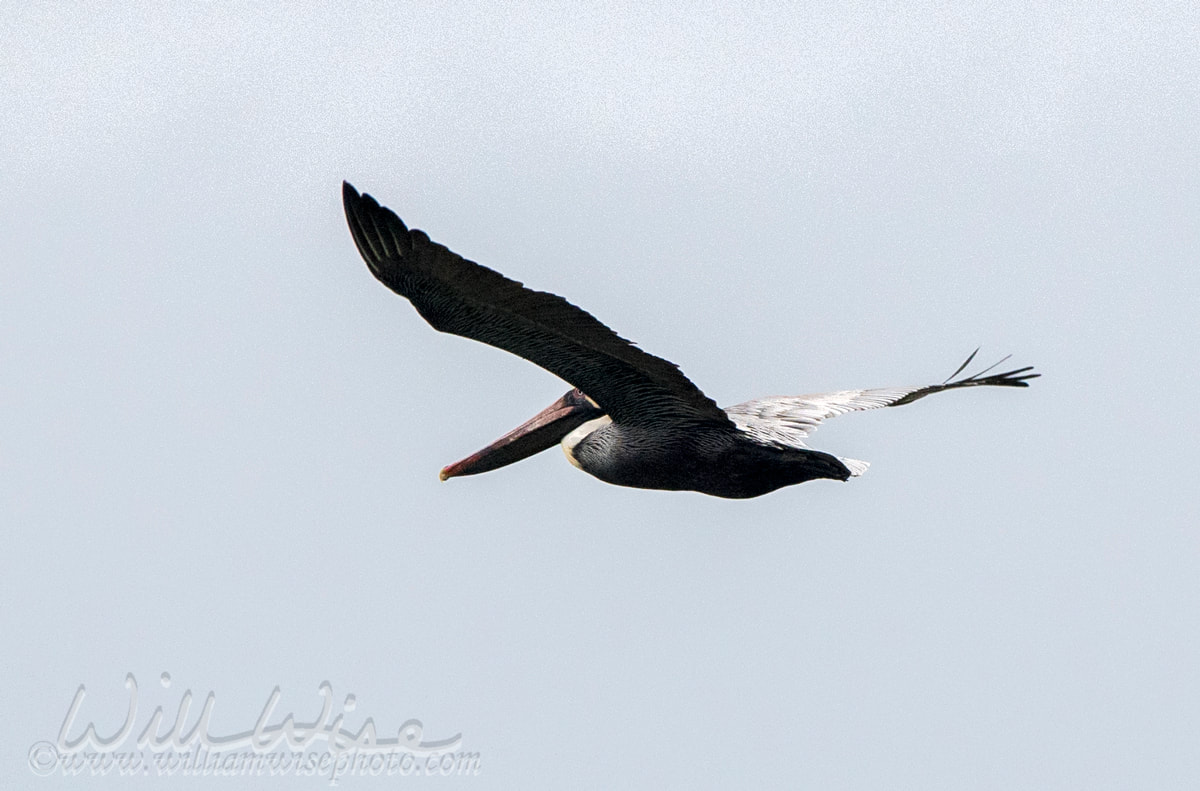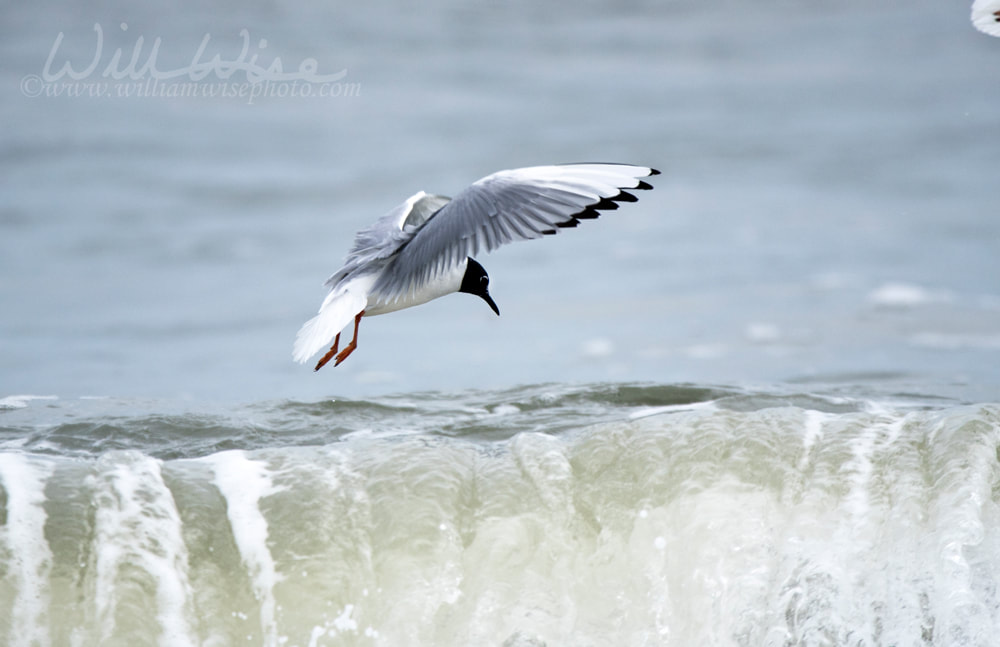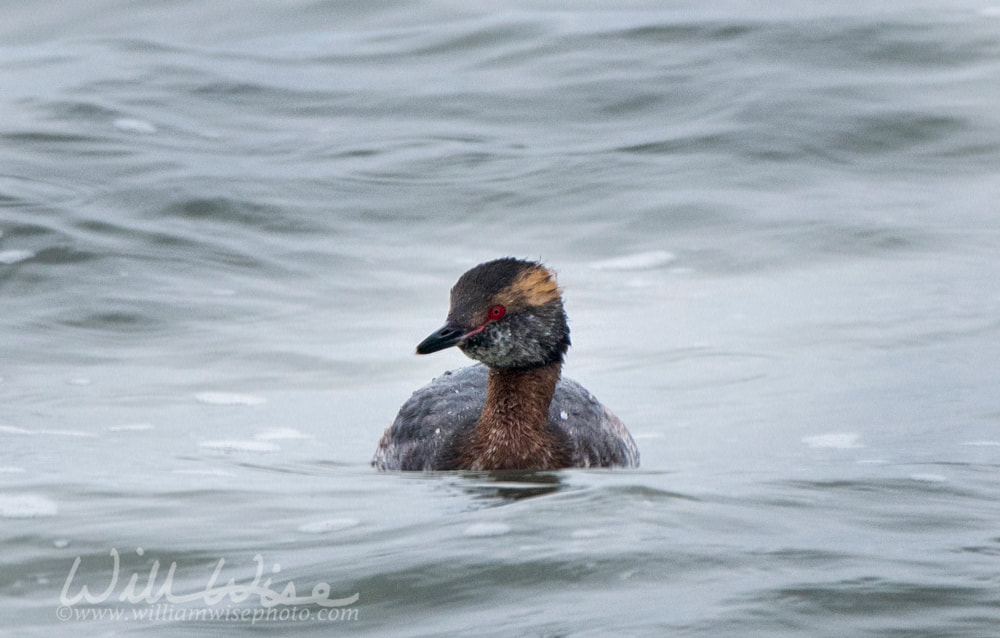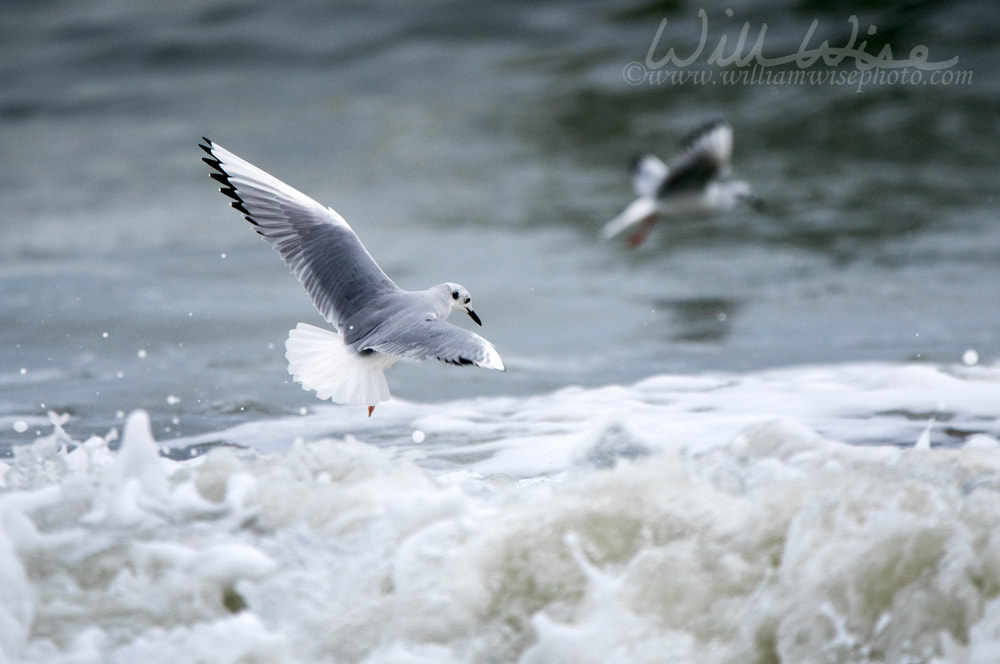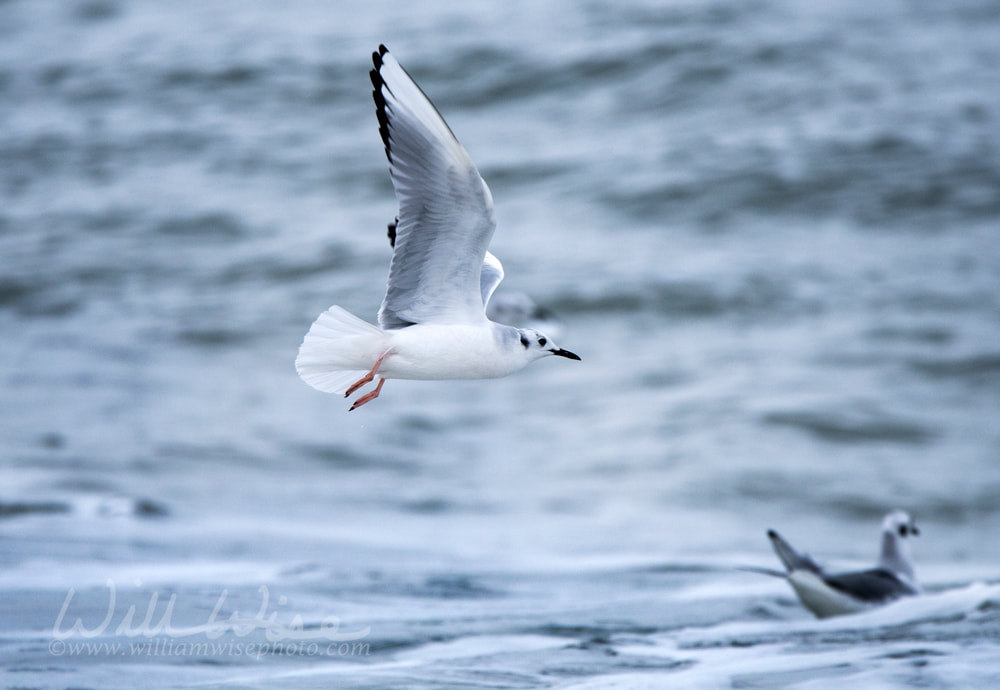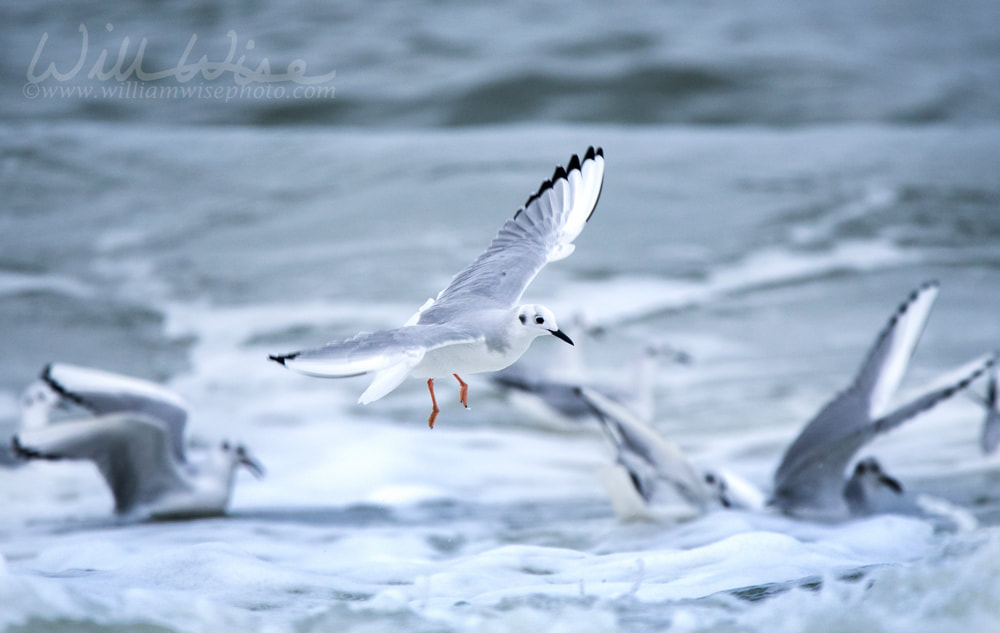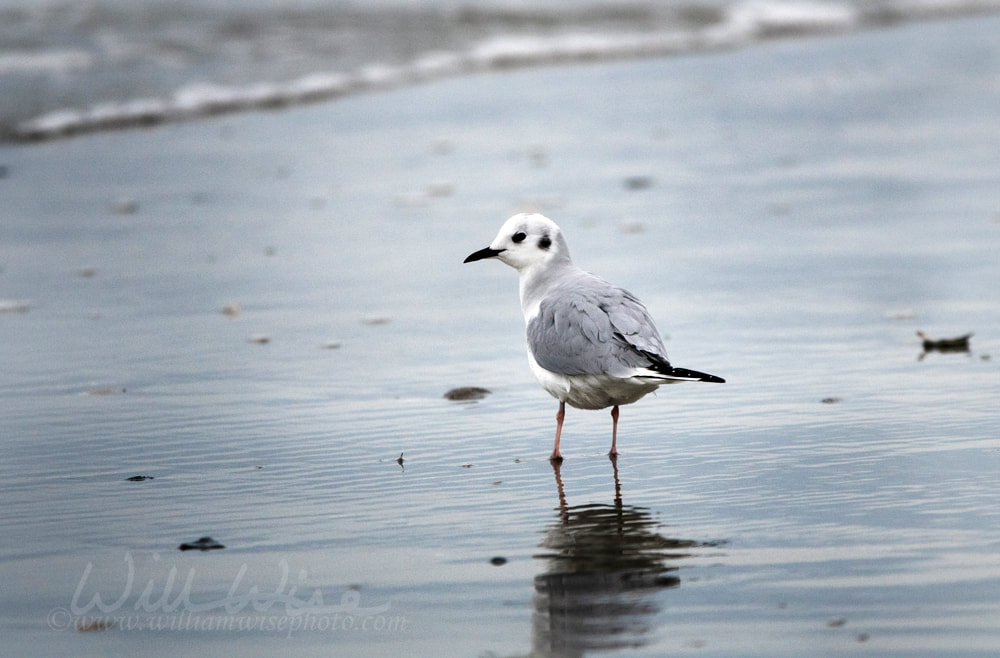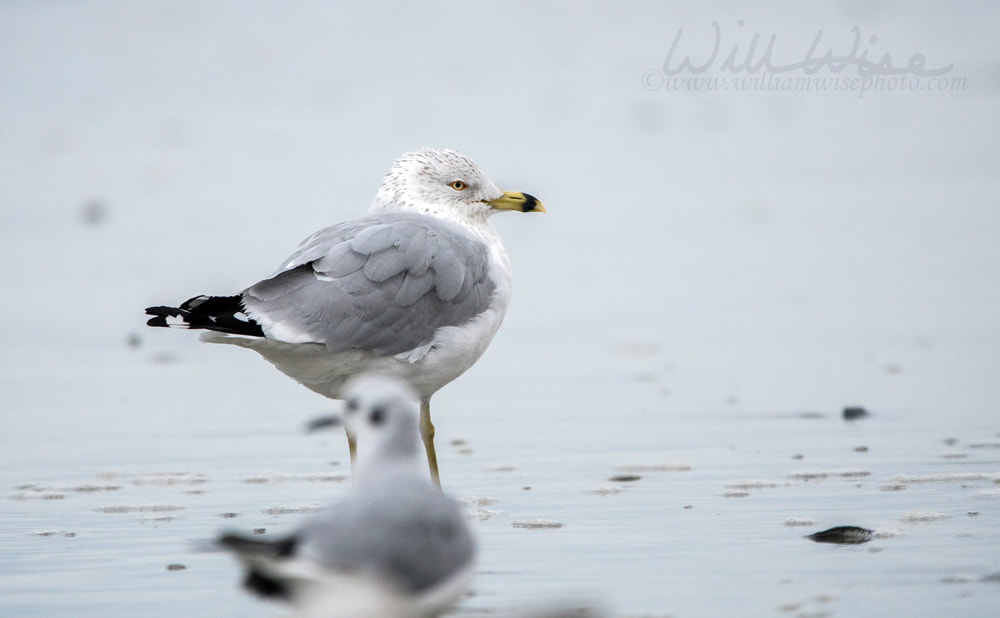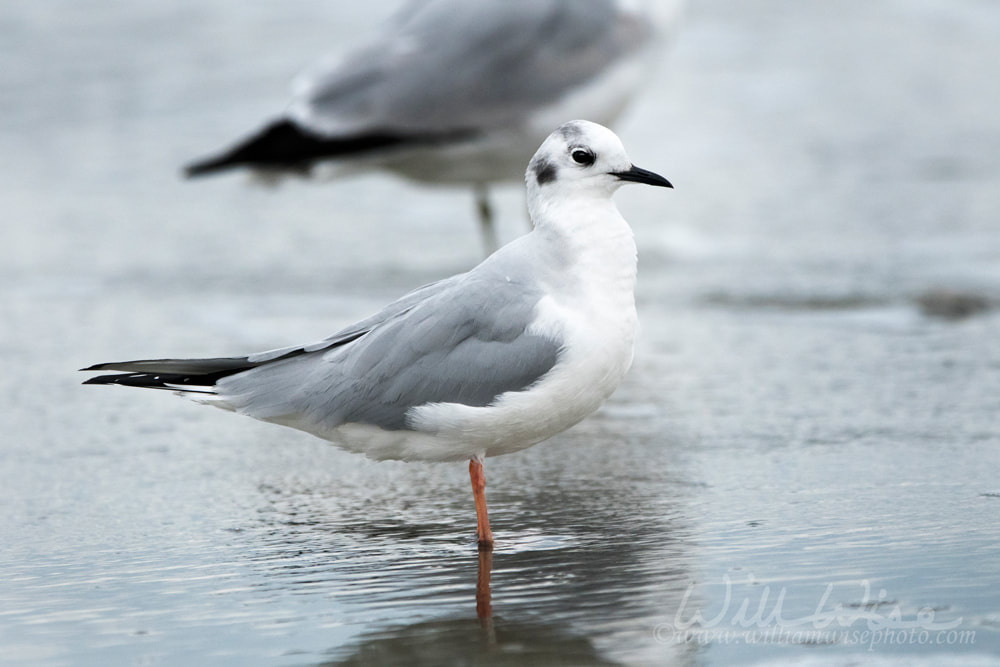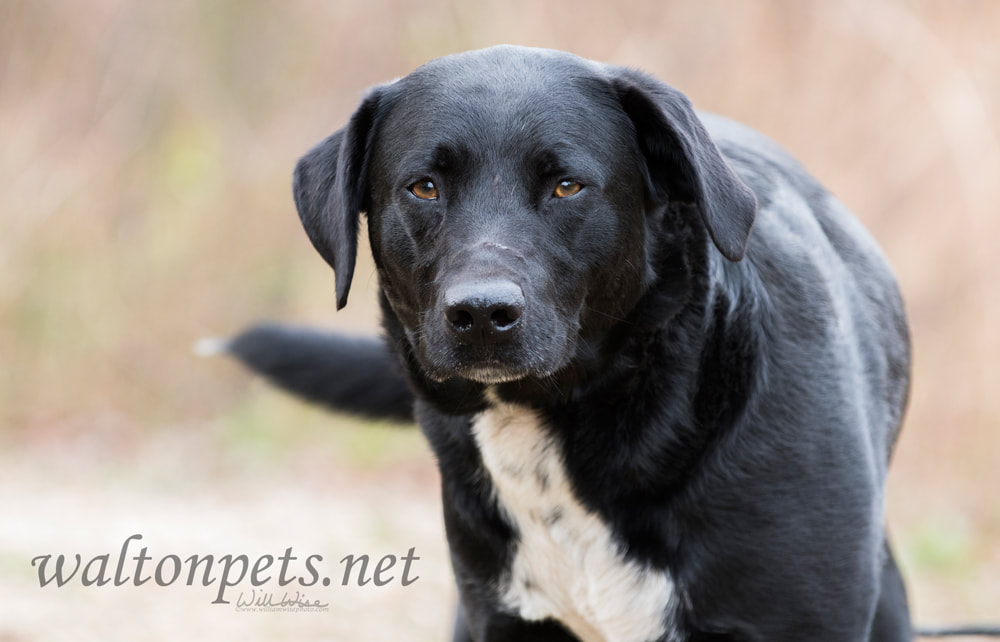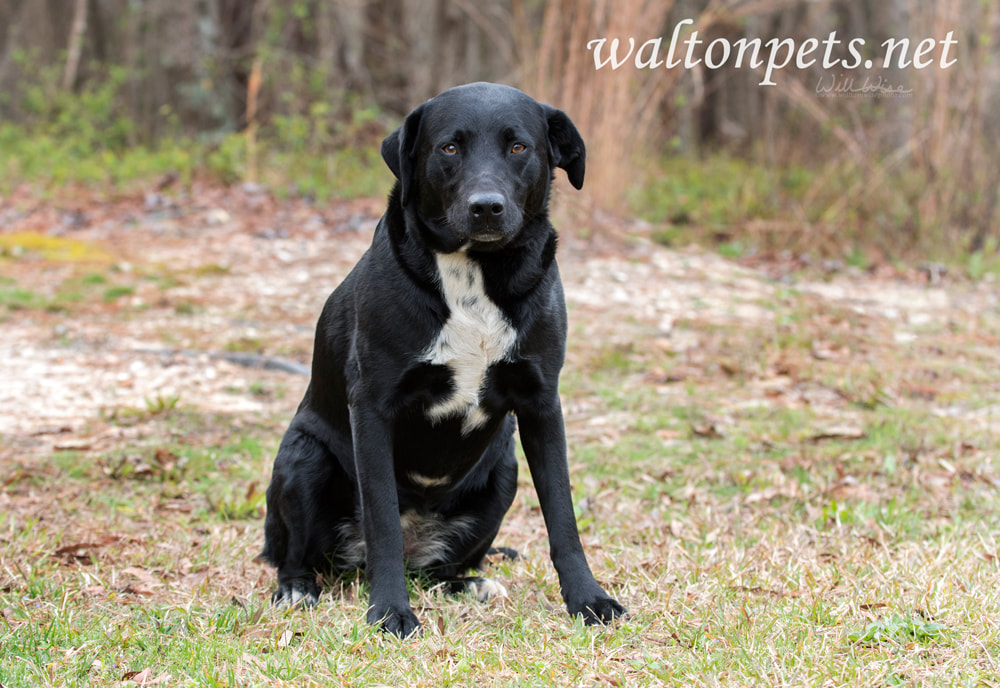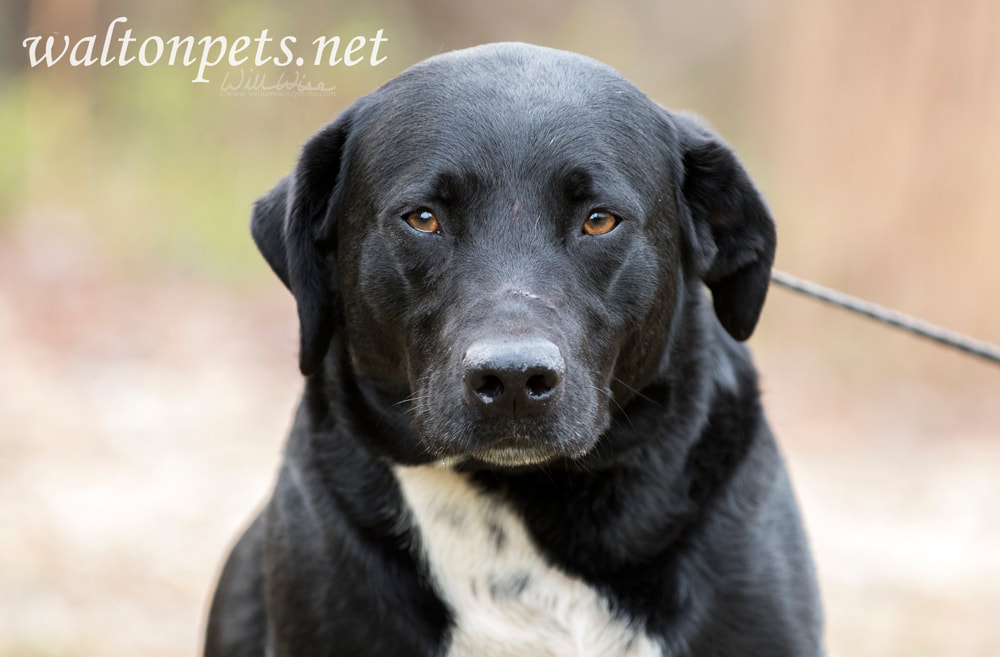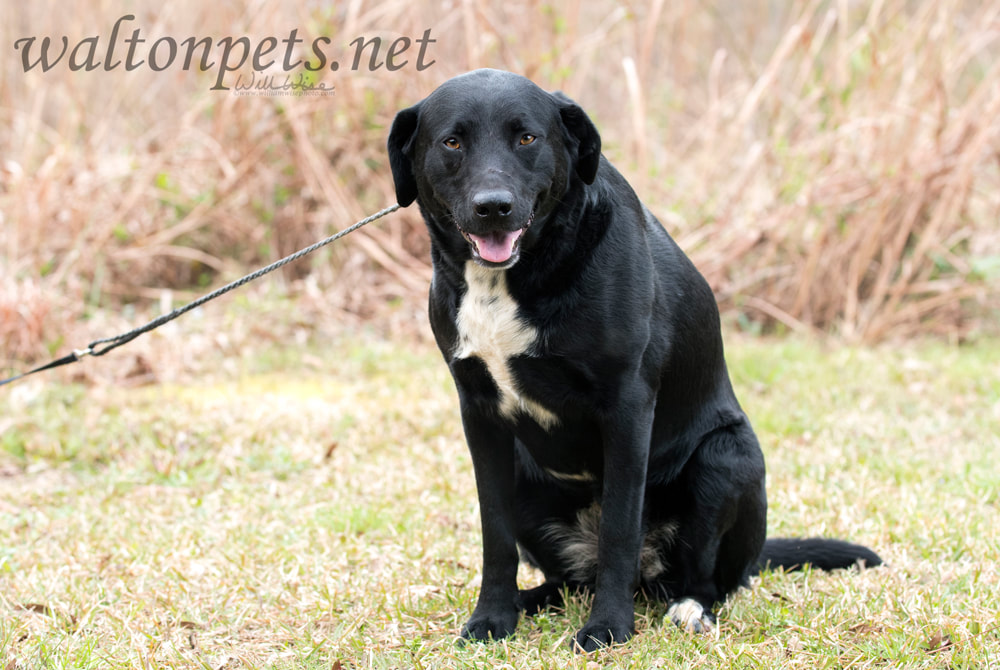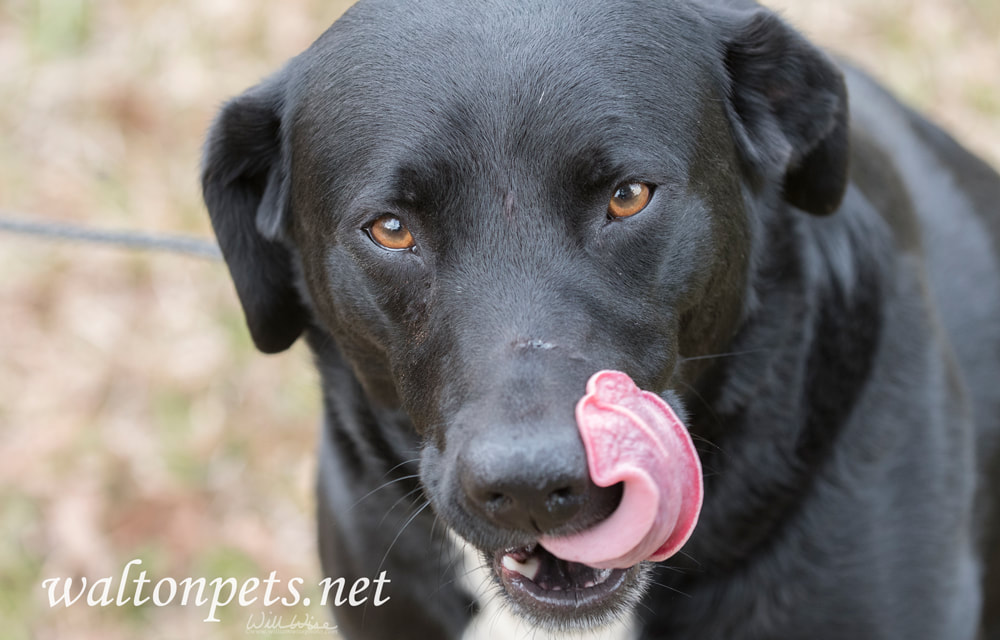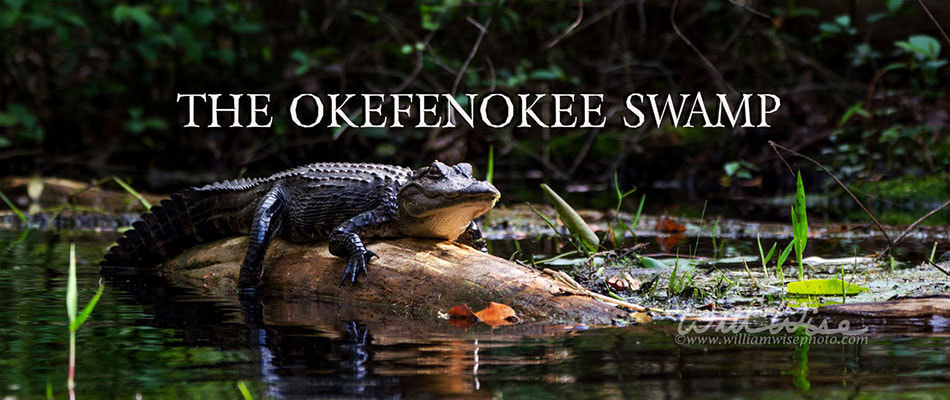
Okefenokee Photography by William Wise. A nature photo journal exploration of Georgia's Okefenokee Swamp, the Land of Trembling Earth, one of the largest blackwater swamps in North America. The alligators, birds, snakes and wildlife of Okefenokee National Wildlife Refuge and Stephen C Foster State Park. -- "What a wildly wonderful world, God! You made it all, with Wisdom at Your side, made earth overflow with your wonderful creations." Psalms 104 The Message
Why come to the Okefenokee Swamp? Gators galore! Other than a zoo, I haven't been to another spot where there are so many alligators and so many opportunities for close up photography in the wild. Alligators of all sizes lie everywhere about this majestic swamp!
Often, I return home with hundreds of usable alligator photos and footage. It is hard to decide what to delete, so I keep them all! Each gator has its own personality when you sit and watch them closely enough.
0 Comments
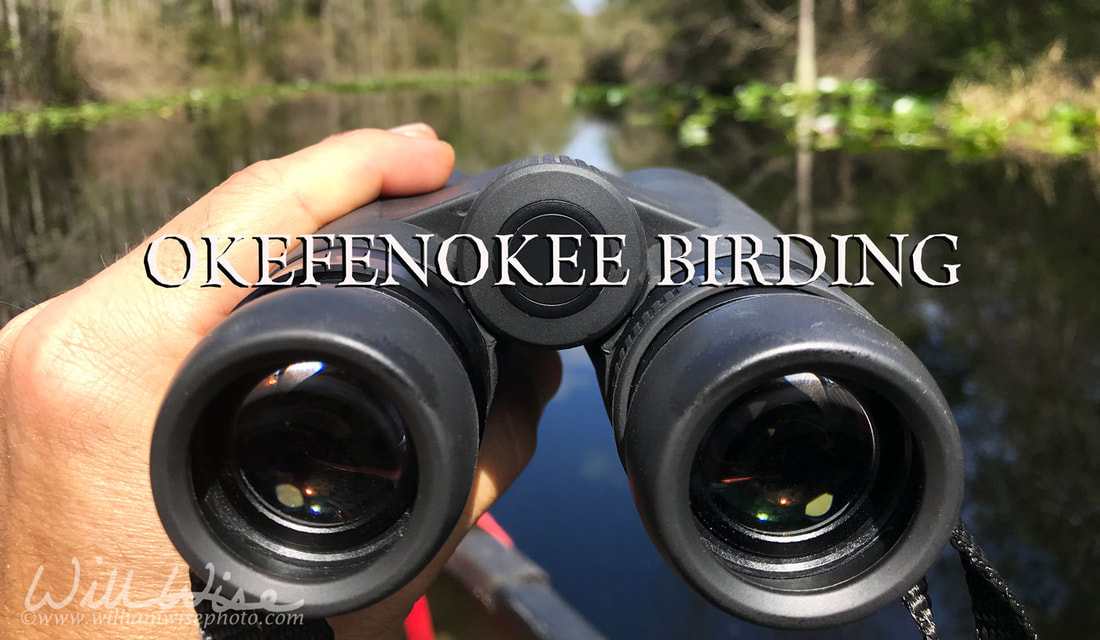 Okefenokee Photography by William Wise. A nature photo journal exploration of Georgia's Okefenokee Swamp, the Land of Trembling Earth, one of the largest blackwater swamps in North America. The alligators, birds, snakes and wildlife of Okefenokee National Wildlife Refuge and Stephen C Foster State Park. -- "What a wildly wonderful world, God! You made it all, with Wisdom at Your side, made earth overflow with your wonderful creations." Psalms 104 The Message 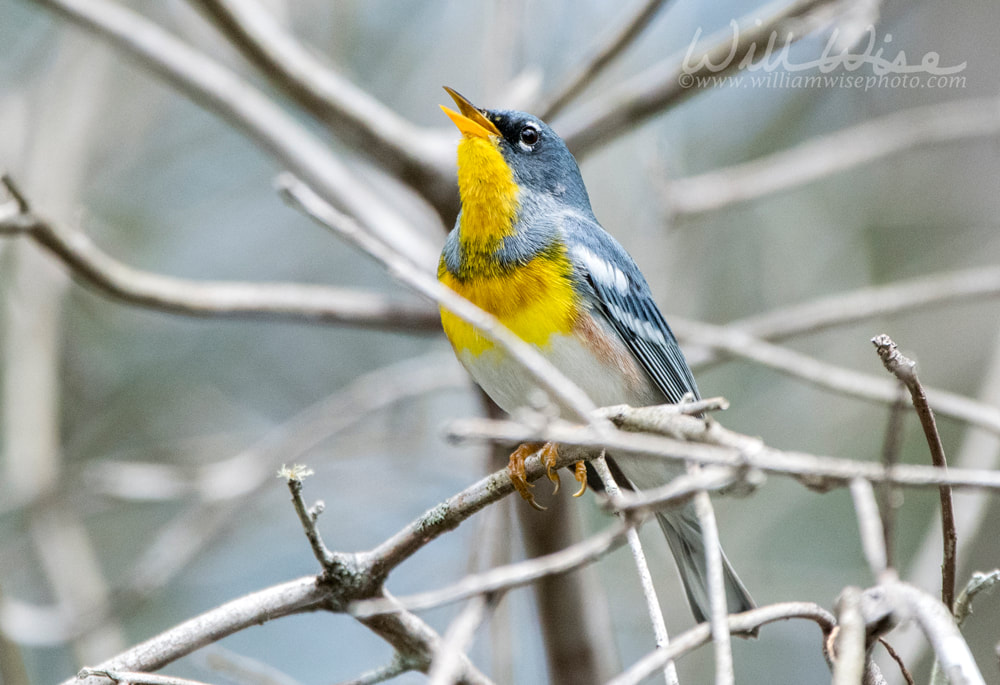 The Northern Parula was by far the most abundant and most vocal bird during our four day Okefenokee Trip. Once I learned which bird went with their distinct call, I realized they were everywhere! The northern parula, Setophaga americana, is a small warbler. It breeds in eastern North America. Okefenokee swamp National Wildlife Refuge between Minnie Lake and Big Water. March 14, 2019. Birds and reptiles! Large wading birds and huge reptiles of the order Crocodilia! That is what the Okefenokee is all about. It's a wildlife photographer's dream! 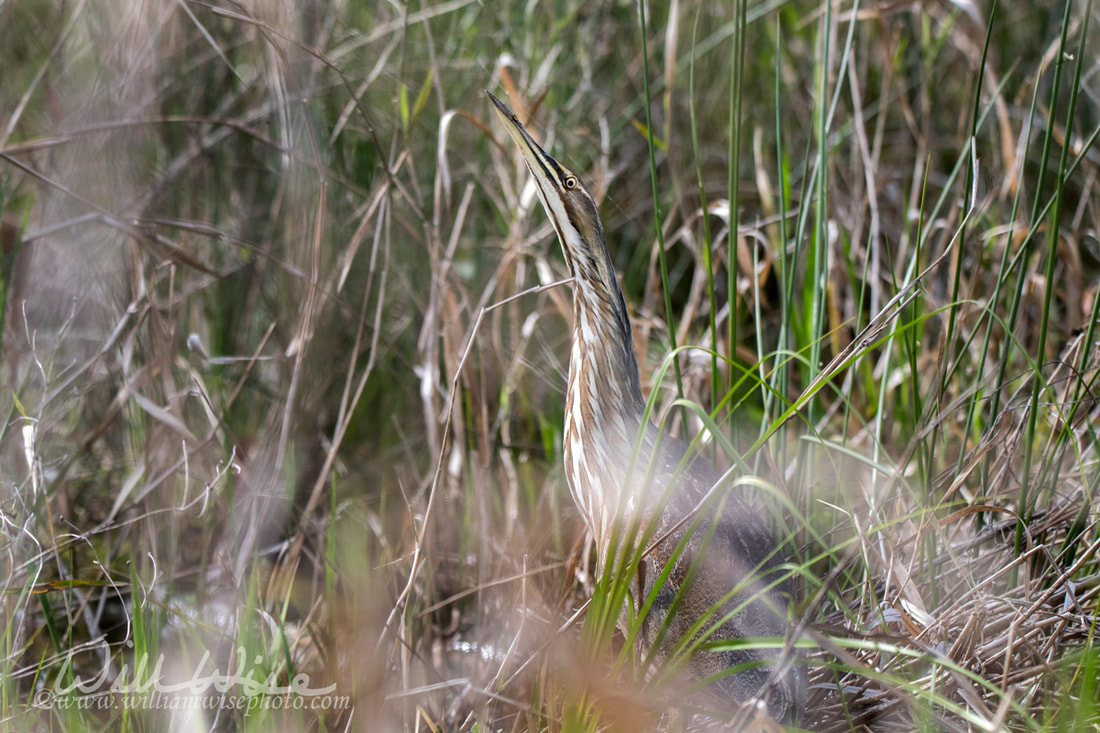 American Bittern camouflage in marsh grasses in the Okefenokee Swamp National Wildlife Refuge in Georgia, Stephen C Foster State Park. The American bittern Botaurus lentiginosus is a species of wading bird in the heron family.It is a well-camouflaged, solitary brown bird that unobtrusively inhabits marshes and the coarse vegetation at the edge of lakes and ponds. I was a bit surprised that the birding didn't seem as good this year as has it had been in the past. In 2017, there were Little Blue Herons, both white and blue, Great Egrets and Double Crested Cormorants everywhere. I recall eBird telling me to double check my lists as the counts seemed too high! So perhaps this year was normal, and 2017 was higher than normal. Nevertheless, we did encounter several birds throughout our trip.  New for me on this year's paddling excursion was my new pair of Zeiss Conquest HD binoculars that I bought from Redstart Birding last month. I clipped the strap to my canoe seat with a carabiner just in case. At times it was a pain to swap back and forth between my camera and the binoculars, but the clarity and the field of view with the Zeiss optics was unbeatable! It was much easier to locate the birds and wildlife with the binoculars, switch and fire away with the Nikon D500, and then go back to the Zeiss once the shot was captured. I enjoyed watching the quirky behavior of the Parulas through the binoculars.  Okefenokee Photography by William Wise. A nature photo journal exploration of Georgia's Okefenokee Swamp, the Land of Trembling Earth, one of the largest blackwater swamps in North America. The alligators, birds, snakes and wildlife of Okefenokee National Wildlife Refuge and Stephen C Foster State Park. -- "What a wildly wonderful world, God! You made it all, with Wisdom at Your side, made earth overflow with your wonderful creations." Psalms 104 The Message An excerpt from William Bartram's Travels, published in 1791.
William Bartram was a botantist, artist, and nature writer that explored the southeastern United States around the time of the American Revolution (1773-1776). He was a scientist, creationist and Christian that gave glory to the Author for all the wonderful works he observed and documented in his book, Travels Through North and South Carolina, Georgia, East and West Florida. 
Okefenokee Photography by William Wise. A nature photo journal exploration of Georgia's Okefenokee Swamp, the Land of Trembling Earth, one of the largest blackwater swamps in North America. The alligators, birds, snakes and wildlife of Okefenokee National Wildlife Refuge and Stephen C Foster State Park. -- "What a wildly wonderful world, God! You made it all, with Wisdom at Your side, made earth overflow with your wonderful creations." Psalms 104 The Message
My daughter has always been the captain of our canoe. She sits in the stern and controls the trolling motor while I photograph all the critters. But last Christmas she got a GoPro camera, and it came with us to the swamp.
Over the course of this four day trip, she collected some great footage and made a video of her own. I really enjoyed seeing some of the clips that she produced and wove some together with my still photos. Here is one of the gator we encountered on our 2019 paddling trip. It was a medium-sized gator basking on a floating peat mat on Billy’s Lake, just up from the Stephen C. Foster State Park canal.  Okefenokee Photography by William Wise. A nature photo journal exploration of Georgia's Okefenokee Swamp, the Land of Trembling Earth, one of the largest blackwater swamps in North America. The alligators, birds, snakes and wildlife of Okefenokee National Wildlife Refuge and Stephen C Foster State Park. -- "What a wildly wonderful world, God! You made it all, with Wisdom at Your side, made earth overflow with your wonderful creations." Psalms 104 The Message 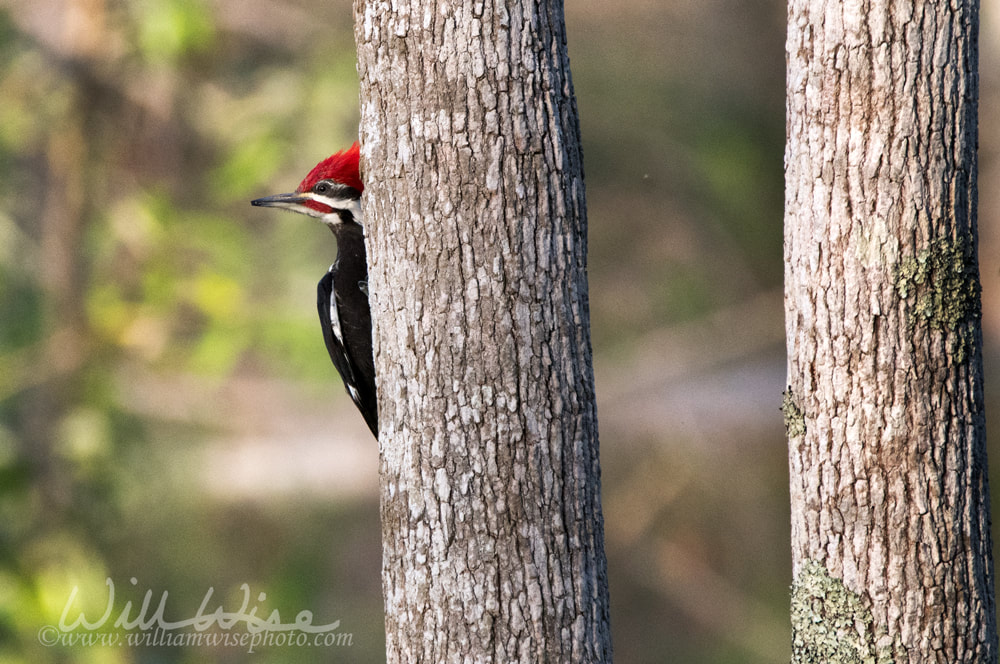 A Pileated Woodpecker behind a tree on the Trembling Earth trail boardwalk at the Stephen C Foster Georgia State Park. Okefenokee swamp National Wildlife Refuge. The pileated woodpecker, Dryocopus pileatus, is a large woodpecker native to North America. Wednesday, March 13, 2019 at 6:52 PM. (©www.williamwisephoto #201903047_DT142928589) A loud call breaks the warm, still afternoon air. “Are there monkeys in the Okefenokee Swamp?”, my young daughter asks. “No. That’s a bird”, I tell her. “Watch over there.” In a moment, a flaming red crest appears from behind the trunk of the tree, peering in our direction as it searches another soft spot in the bark to hunt for an insect meal.
“The Pileated Woodpecker is one of the biggest, most striking forest birds on the continent. It’s nearly the size of a crow, black with bold white stripes down the neck and a flaming-red crest” says Cornell’s wonderful website. I’ve come across several Pileated Woodpeckers in the Okefenokee Swamp in Georgia; more often hearing them than seeing them. But a few in particular have given me the privilege of a swamp photo session!  Okefenokee Photography by William Wise. A nature photo journal exploration of Georgia's Okefenokee Swamp, the Land of Trembling Earth, one of the largest blackwater swamps in North America. The alligators, birds, snakes and wildlife of Okefenokee National Wildlife Refuge and Stephen C Foster State Park. -- "What a wildly wonderful world, God! You made it all, with Wisdom at Your side, made earth overflow with your wonderful creations." Psalms 104 The Message In 1875, The Atlanta Constitution published the dramatic headline: “We now announce to our readers, and the people of Georgia, that we are fitting up an expedition for a complete and thorough exploration of Okefinokee. The full details of the plan and expedition will be published soon – if they come out alive.” Over the next months, the paper released many exciting stories from the Okefenokee Swamp. Here is an excerpt from May 25, 1875:
 Creation Speaks is a Biblical teaching ministry that uses nature writing and photography to glorify our Creator and teach the truth of creation. “But ask the animals, and they will teach you, or the birds in the sky, and they will tell you; or speak to the earth, and it will teach you, or let the fish in the sea inform you. Which of all these does not know that the hand of the Lord has done this?" Job 12:7-9 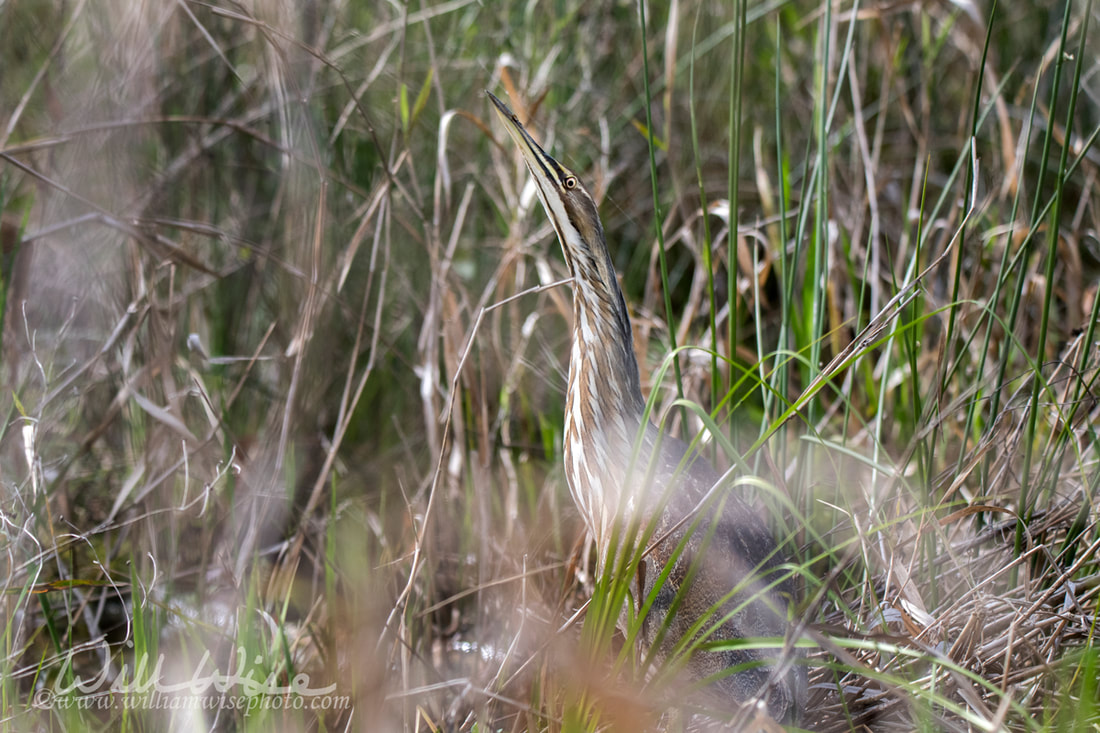 March 13, 2019 - An American Bittern camouflaged in marsh grasses in the Okefenokee Swamp National Wildlife Refuge in Georgia; Stephen C Foster State Park. The American bittern , Botaurus lentiginosus, is a species of wading bird in the heron family.It is a well-camouflaged, solitary brown bird that unobtrusively inhabits marshes and the coarse vegetation at the edge of lakes and ponds. "Since earliest times men have seen the earth and sky and all God made, and have known of his existence and great eternal power." Romans 1:20, The Living Bible My daughter and I were only ten minutes into a four day canoe trip through the Okefenokee Swamp in Georgia and already we had missed something. As we were paddling up the channel to Billy’s Lake from the Stephen C. Foster State Park boat ramp, we pulled to the side to let a tourist-laden pontoon boat pass by. As they went by, the naturalist on board pointed out an American Bittern camouflaged in the marsh grasses. We had paddled right past it, hidden in plain sight! But we can’t be blamed. Even one prominent ornithology website says, “You'll need sharp eyes to catch sight of an American Bittern. This streaky, brown and buff heron can materialize among the reeds, and disappear as quickly, especially when striking a concealment pose with neck stretched and bill pointed skyward” (i). With his bill pointed upward, he blends in perfectly with the tall brown grasses that line the water’s edge. Again, perfectly hidden in plain sight.
But why don’t we see them? In part, we are blinded by an outside force. The Bible states that, “the god of this world hath blinded the minds of them which believe not, lest the light of the glorious gospel of Christ” (2 Corinthians 4:4). And we are also blinded by our own internal biases against the Bible that cause us not to see the evidence of God in creation. When speaking of the past creation and future destruction of this world, Peter wrote, “For this they willingly are ignorant of, that by the word of God the heavens were of old, and the earth standing out of the water and in the water.” (2 Peter 3:5). Even though my daughter and I paddled right by that Bittern and didn’t recognize his presence, he was still there. He was just hidden in plain sight and merely needed to be pointed out to us. For twenty years, I paddled right through life not noticing Christ. But when someone pointed Him out on December 1, 1993, I realized He was there all along, hidden in plain sight and the overwhelming evidence became more and more obvious. i. https://www.allaboutbirds.org/guide/American_Bittern/overview  Okefenokee Photography by William Wise. A nature photo journal exploration of Georgia's Okefenokee Swamp, the Land of Trembling Earth, one of the largest blackwater swamps in North America. The alligators, birds, snakes and wildlife of Okefenokee National Wildlife Refuge and Stephen C Foster State Park. -- "What a wildly wonderful world, God! You made it all, with Wisdom at Your side, made earth overflow with your wonderful creations." Psalms 104 The Message Psalm 148:7 Praise the LORD from the earth, ye dragons, and all deeps: With only an occasional, gentle stroke, our canoe glides easily across the surface of Billy’s Lake in the Okefenokee Swamp. The morning air is still, the water smooth, the entire scene quiet and meditative. From a bit further up the lake, echoing across the water, comes a deep rumble. A second time, the rumble breaks the still air, this time followed by another on our left bank. We stiffen in an attentive hush. Hearing the rumble again, I whisper to my daughter, “The bull gators are bellowing.” What a sound! You hear it, not only with your ears, but with your entire body. Never will you forget those intense, guttural moanings. The dragons of the deep were roaring. This is swamp!
Sharon was pretty Pittie bulldog that was picked up stray by a Walton County Animal Control officer in Georgia on March 11, 2019. She was reunited with her owner!
Allie was a Labrador mix picked up stray by a Walton County Animal Control officer in Georgia on February 26, 2019. She was rescued on March 11, 2019 by Washington Wilkes DAWGS Rescue!
Genesis 2:24 Therefore shall a man leave his father and his mother, and shall cleave unto his wife: and they shall be one flesh. “Can you take pictures at my wedding?” It seems every photographer is asked that question at least once. Even if your genre isn’t portraits, people or weddings, they still ask. Often, they do not understand there is a huge difference between shooting landscapes and shooting events. But they know you’re good with a camera, so they ask. Personally, I really don’t like photographing weddings. I do enjoy seeing someone’s face light up when you show them a good photograph of themselves, but I guess I can’t handle the immense pressure in photographing a wedding. If it doesn’t turn out well, you can’t repeat it! So very often I decline their request. “I’m sorry, but I just don’t like shooting weddings”, I tell them. But in the end, I go back and tell them I will help. After all, it is normally a good friend on a tight budget that is asking for the help. And also, I reconsider what an awesome privilege it is to not only observe such a sacred ceremony, but to capture it permanently! To have a part in witnessing a major miracle… for that is what a wedding is: a miracle. Two imperfect people come together as one, to form a perfect union.
So I suppose I shouldn’t look at the request to shoot a wedding as an annoyance, but a great honor. An honor to be trusted to preserve this wonderful event in photo; an honor to witness one of the greatest institutions given to mankind by God! "Shebo" was a gorgeous Great Pyrenees dog that was picked up stray by a Walton County Animal Control officer in Georgia on February 19, 2019. Although the shelter called his owner right away, they never came and claimed him. He was adopted by a very happy family on March 6, 2019! Sunday, 2:14 PM - If I sit long enough, almost daily I can hear that loud, distinct call of a Pileated Woodpecker or two near my house. They are typically further off in the woodline across the meadow. But on this gloomy, rainy afternoon, a pair made a direct visit to my backyard. I was sitting on the back patio covering my camera from the blowing mist with the loud pair passed over the yard. One came all the way to the ground and began pecking away at the old, termite infested firewood along the back fence. He stuck around a few minutes foraging up a few dead snags before flying off. Showers and thunderstorms, high near 65. South wind around 5 mph.  William Wise Photo Nature Notes is a wildlife, landscape, birding and nature photography blog documenting the wonders of God’s creation. -- Jeremiah 5:22 Have you no respect for me? Why don’t you tremble in my presence? I, the Lord, define the ocean’s sandy shoreline as an everlasting boundary that the waters cannot cross. The waves may toss and roar, but they can never pass the boundaries I set. 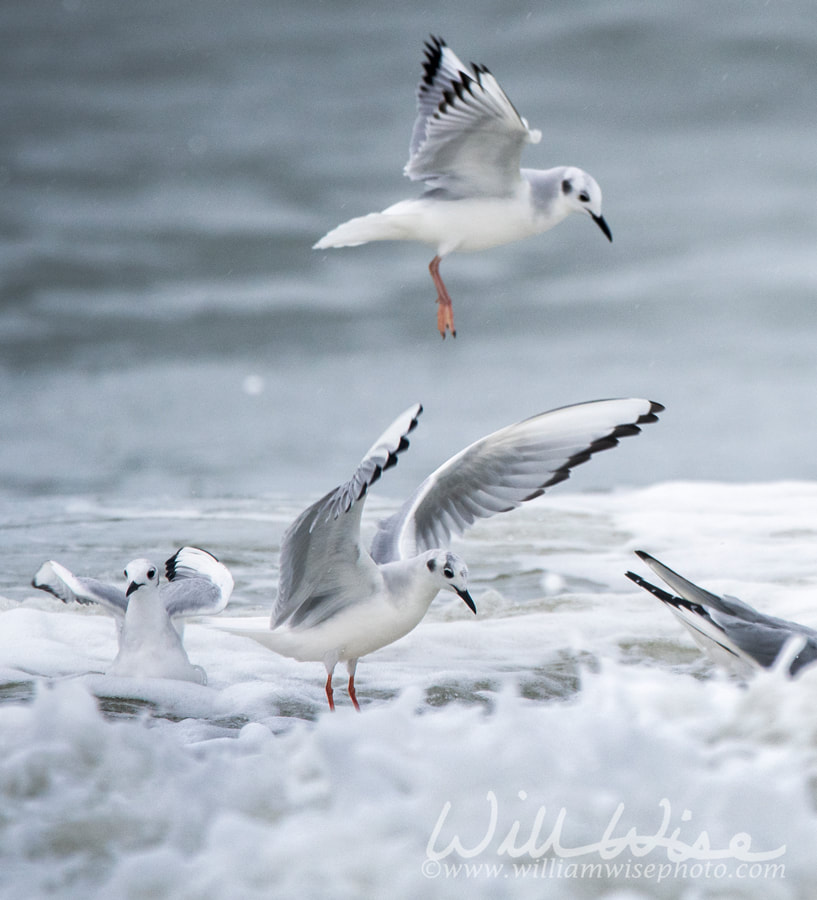 Bonaparte`s Gulls frolicking in Atlantic Ocean surf on Myrtle Beach, South Carolina. Bonaparte`s gull (Chroicocephalus philadelphia) is a member of the seagull family Laridae found mainly in northern North America. Among the smallest of the gull species. It winters along the coasts of North America, and in the Great Lakes. My wife and I made a trip to Myrtle Beach, South Carolina. Leaving work and the kids behind, we had an evening to ourselves to walk along the beach. Strolling hand-in-hand along the shell covered sands, we laughed along with the Laughing Gulls at all the silly Bonaparte’s Gulls frolicking and wave jumping repeatedly. I also spotted some life birds. Light showers. Cloudy, with a high near 62. South wind around 10 mph, with gusts as high as 15 mph. The next morning I set out birding with several thousand other people. And this was no normal birding excursion, but Marathon Birding. No, it isn’t what you’re thinking. Marathon Birding sounds like hour after hour of non-stop, high-speed bird watching and listing for a period longer than most people care to do anything. And no, there weren’t six-thousand people actually birding. My Myrtle Beach Birding Marathon wasn’t a figurative birding marathon, it was literal marathon: twenty-six miles of running. Saturday morning I lined up at the starting line of the Myrtle Beach Marathon. At 7 AM, the gun went off and I began that long trip toward a finish line far off in the distance. As the miles wore on, 26.2 of them to be precise, a mental bird list was growing in my head. As my feet began to ache and my quads began to stiffen, repeating a list of birds I had spotted along the journey helped to ease the suffering! Some runners repeat mantras, I repeated a list of birds! 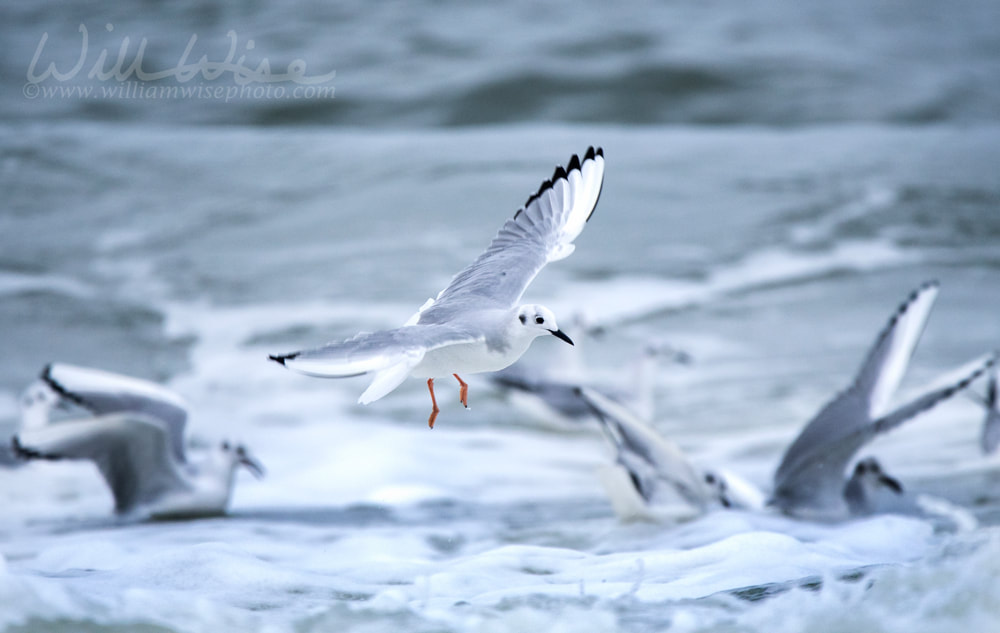 Gull playing in surf at Myrtle Beach, South Carolina. Bonaparte`s gull Chroicocephalus philadelphia is in seagull family found mainly in northern North America, one of the smallest gull species. It winters along the coasts of North America, and in the Great Lakes. Myrtle Beach, a city and vacation resort on South Carolina’s Atlantic coast, is the hub of the Grand Strand, a 60-mile string of beaches. Bella was a sweet Lab and Border Collie mixed breed dog that was surrendered by her owner to the Walton County Animal Control shelter in Georgia on February 25, 2019. She was rescued on March 8, 2019 by the Humane Society of Valdosta. |
Categories
All
Archives
September 2025
|
|
All content is ©williamwisephoto.com. Please don't steal images. My images are available at dreamstime.com. Stock sales go into the shelter photography program.
|
In December 1993 I came to know the Designer and Creator of this wonderful planet and its creatures: Jesus Christ.
|
Donations help support the animal shelter adoption photography equipment and adoption website hosting and domain fees. Thanks for your support!
|
